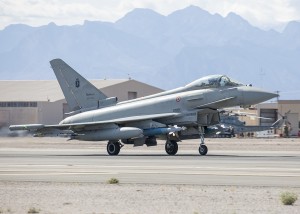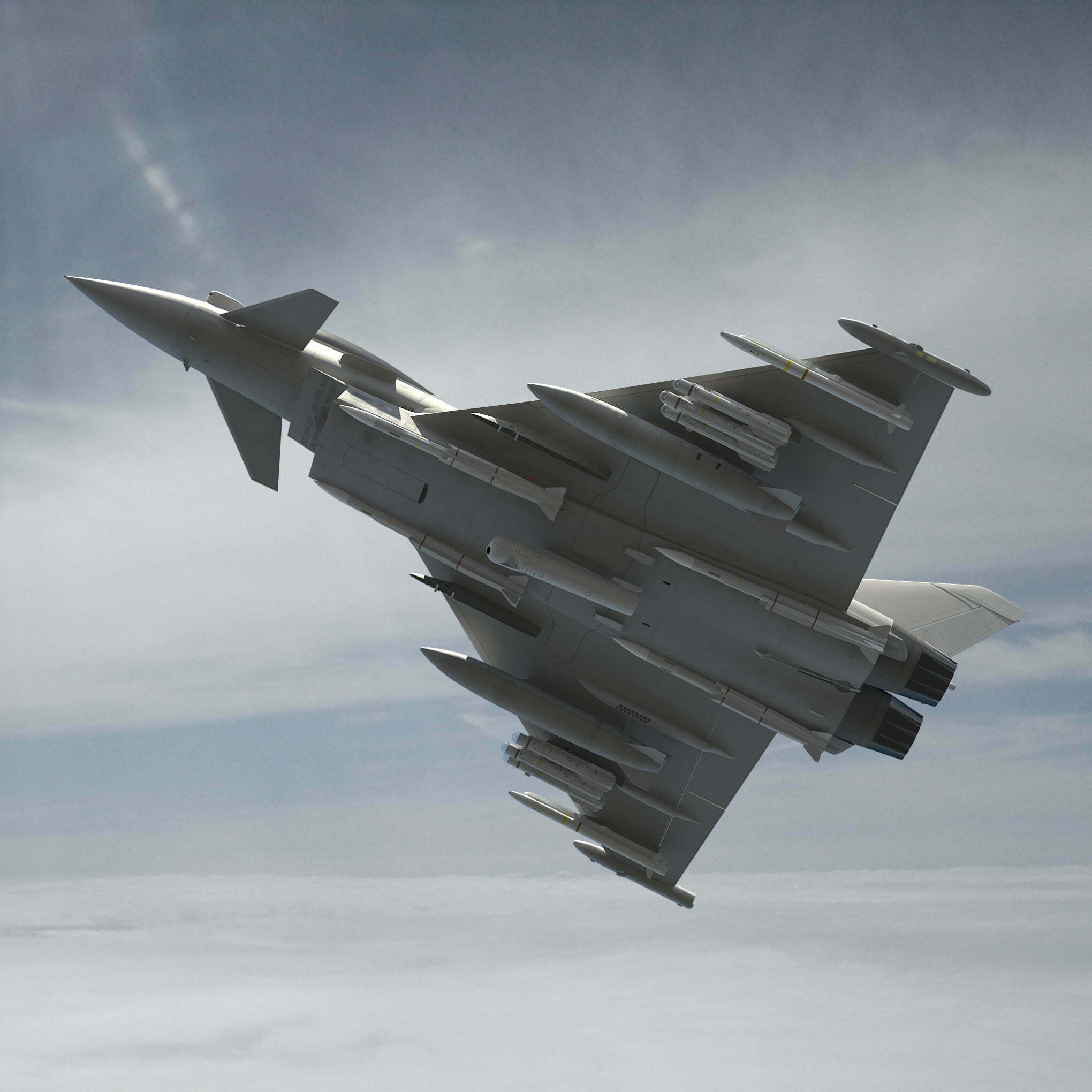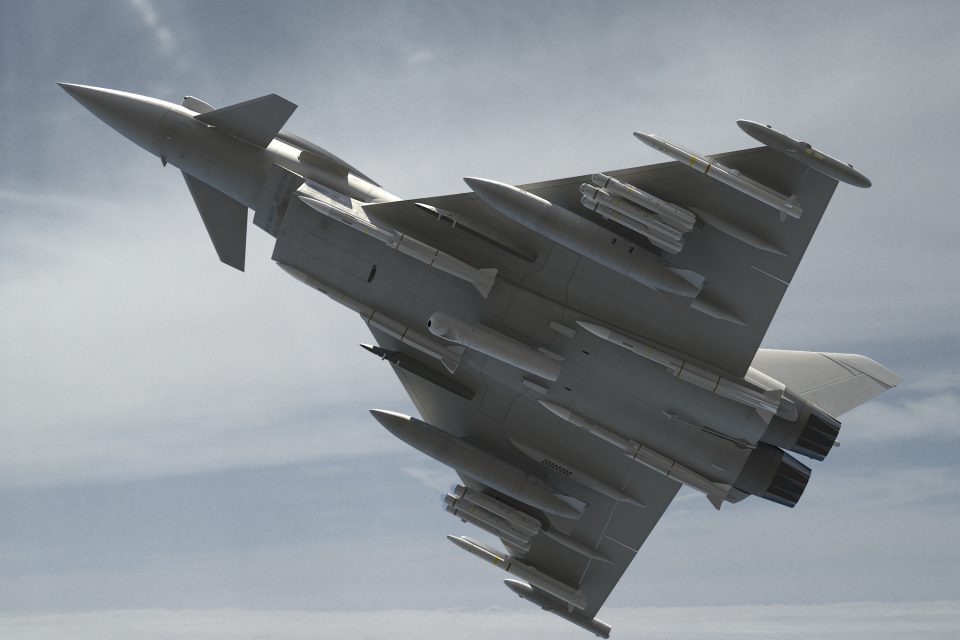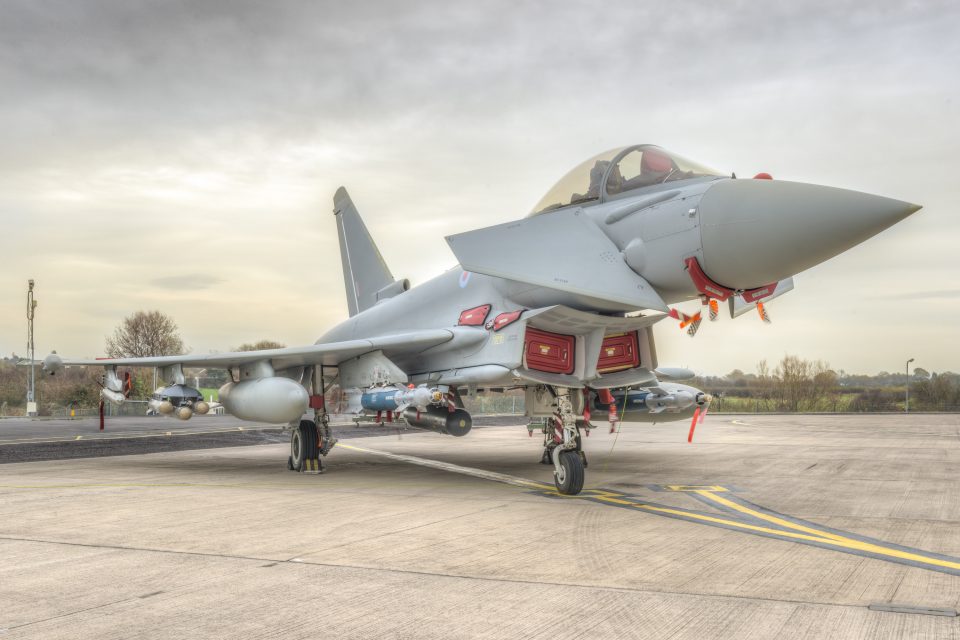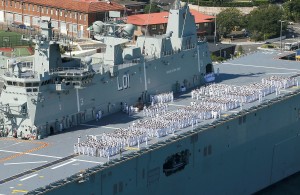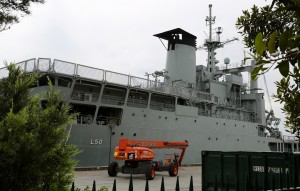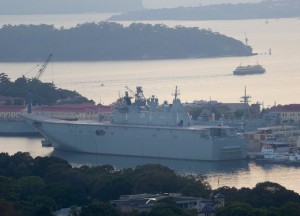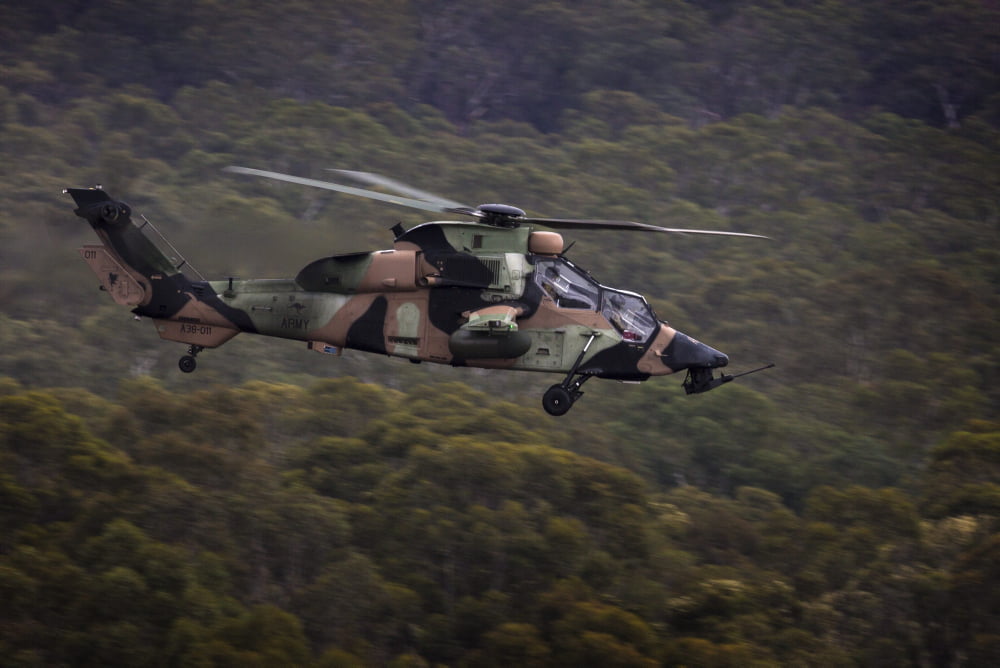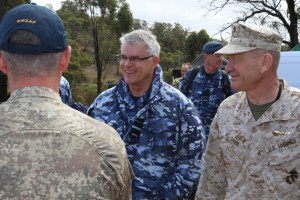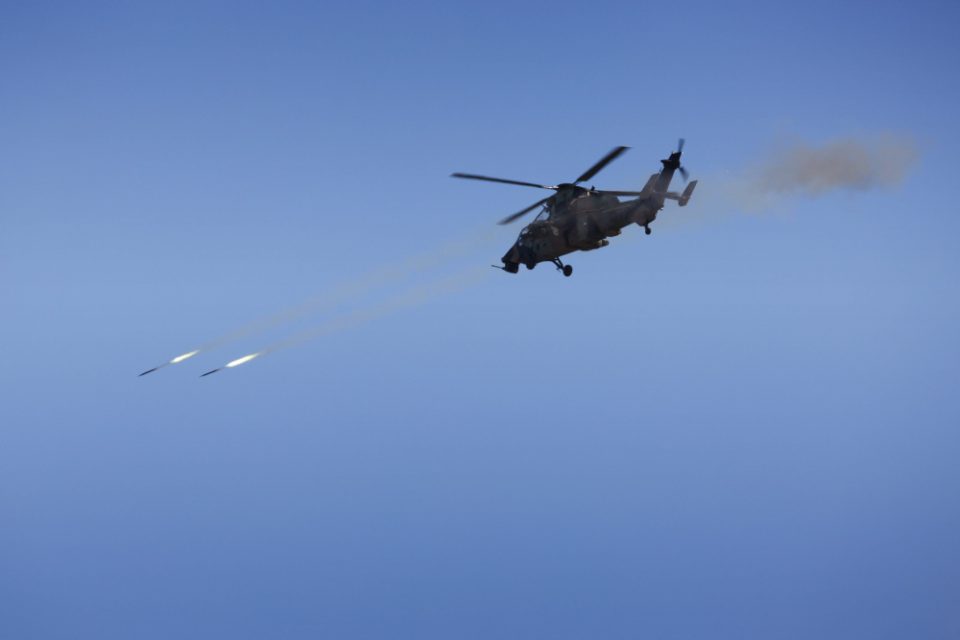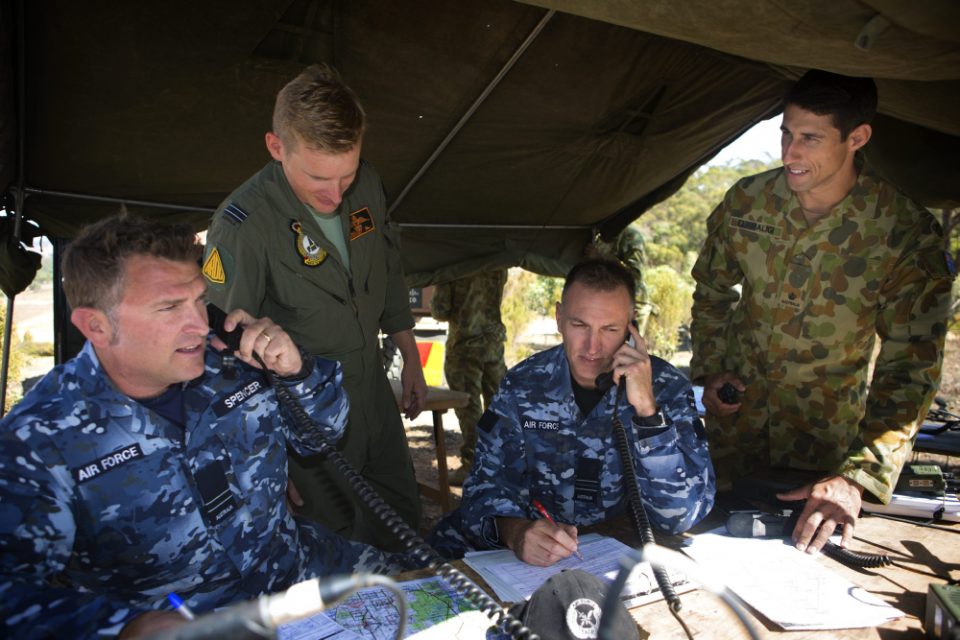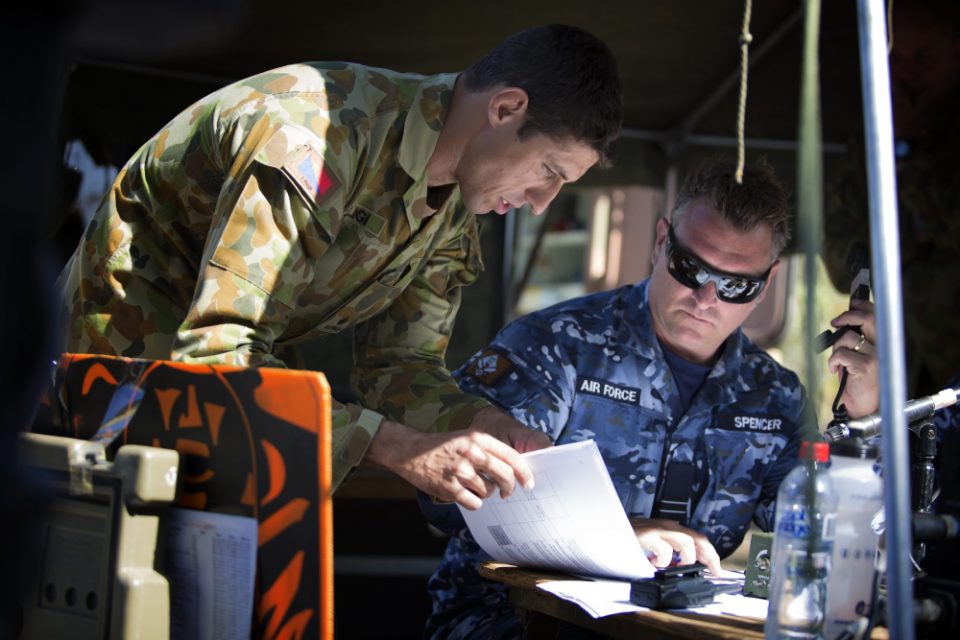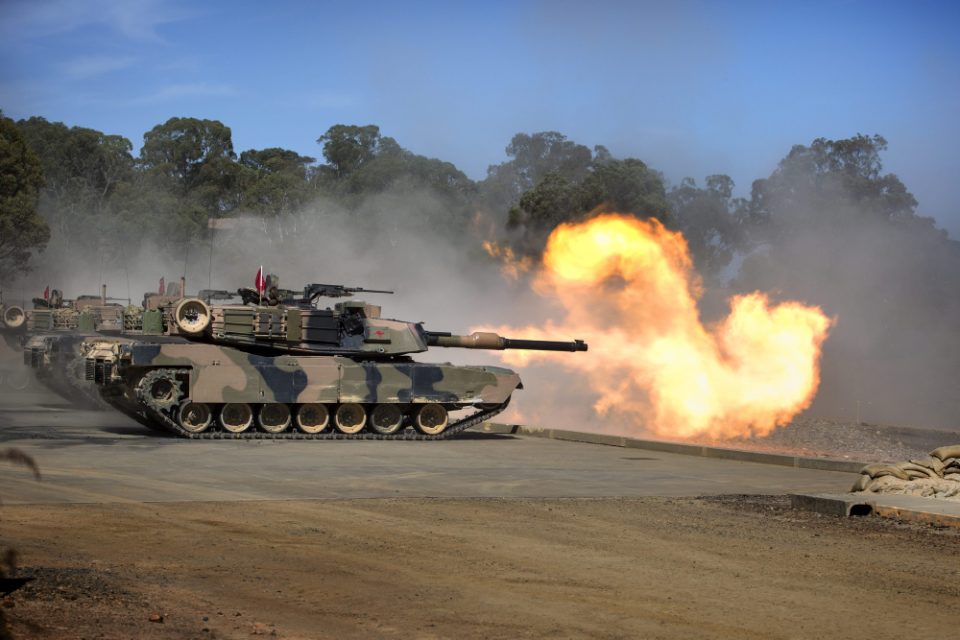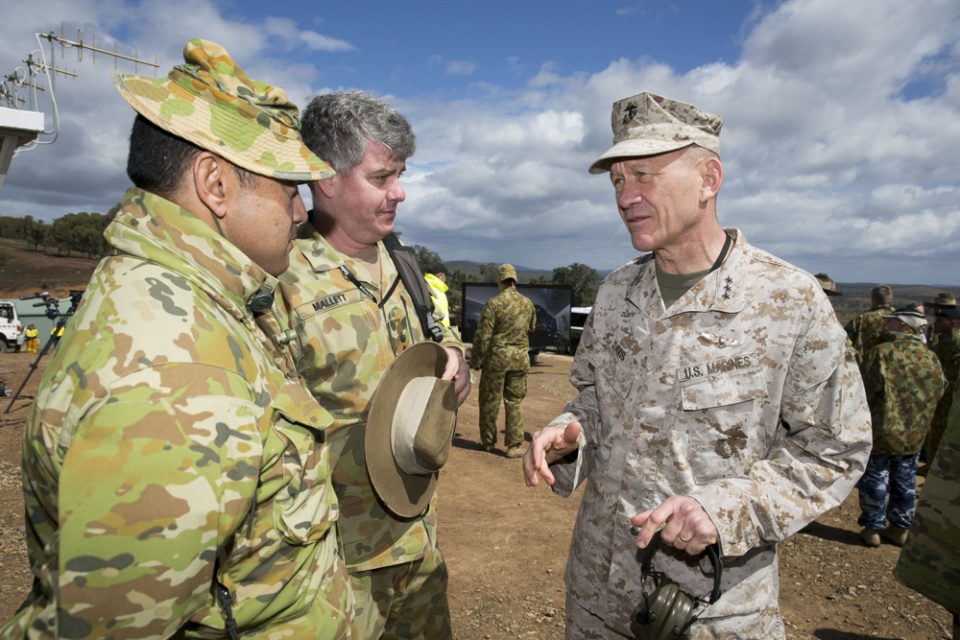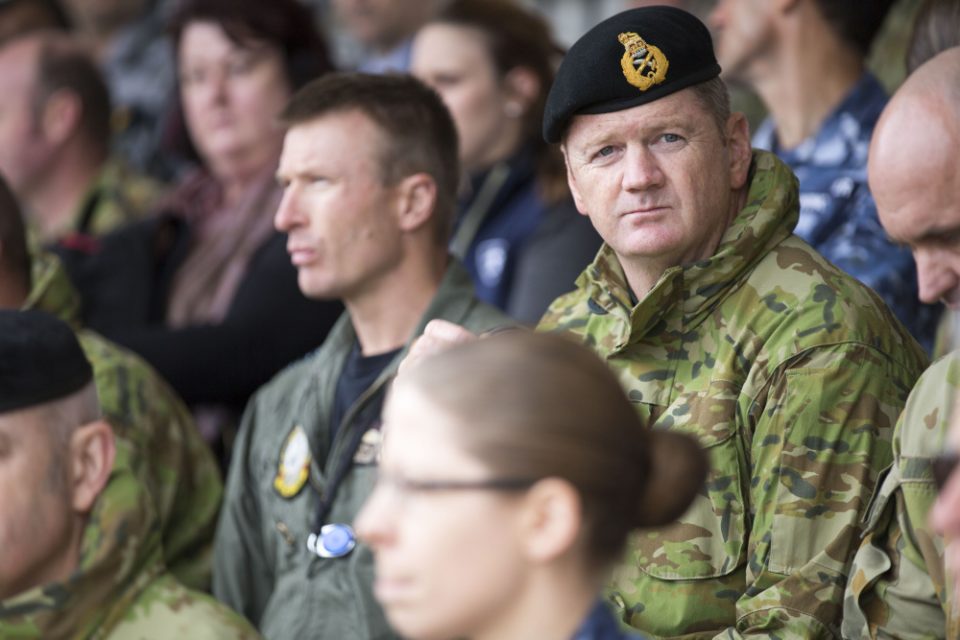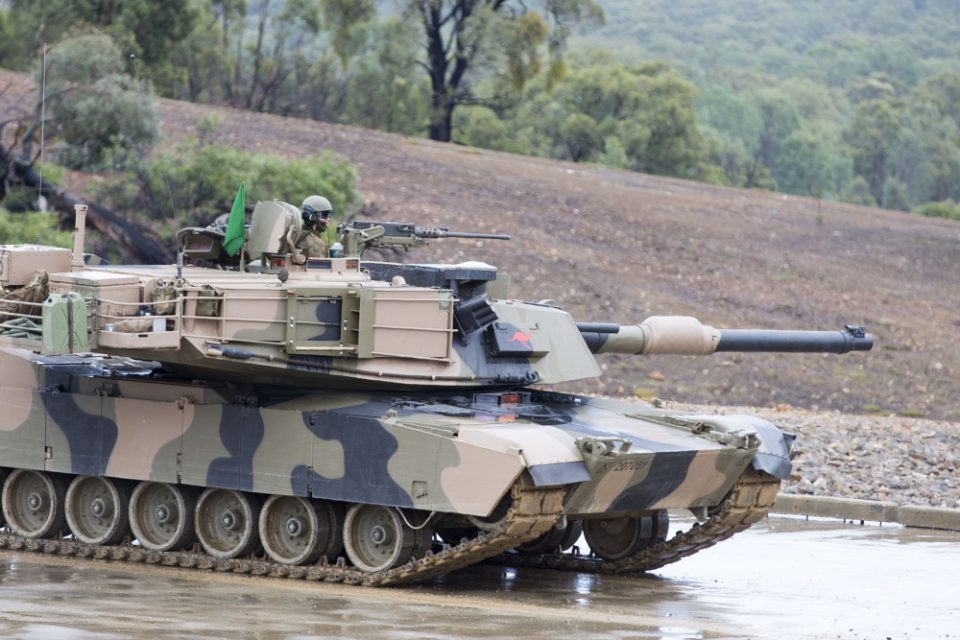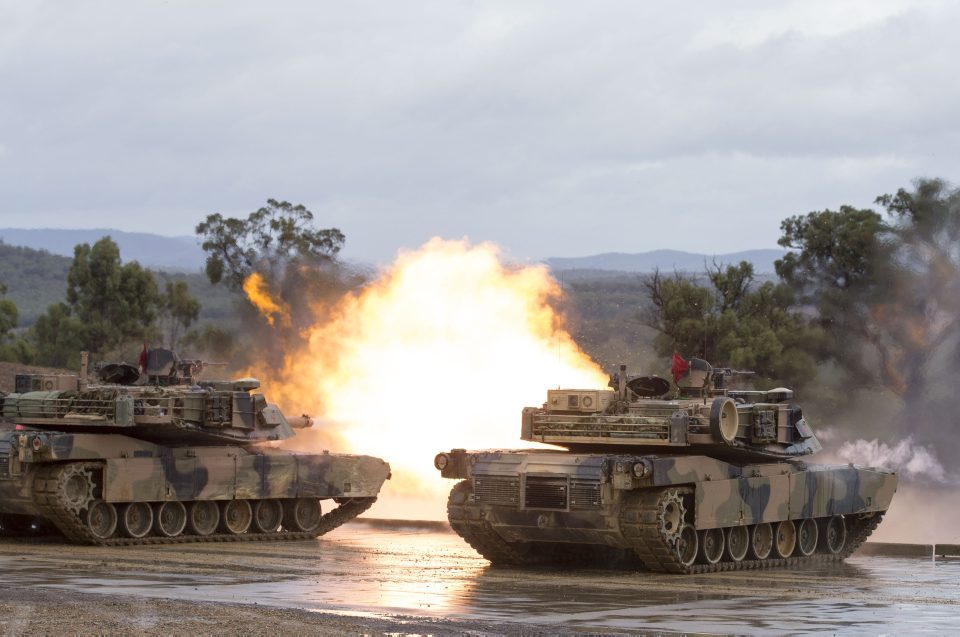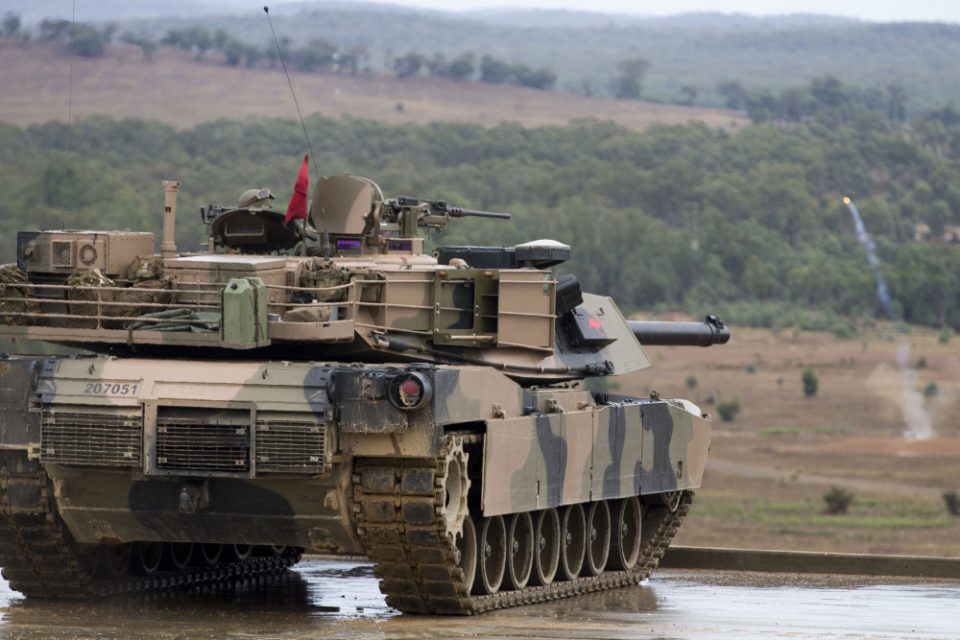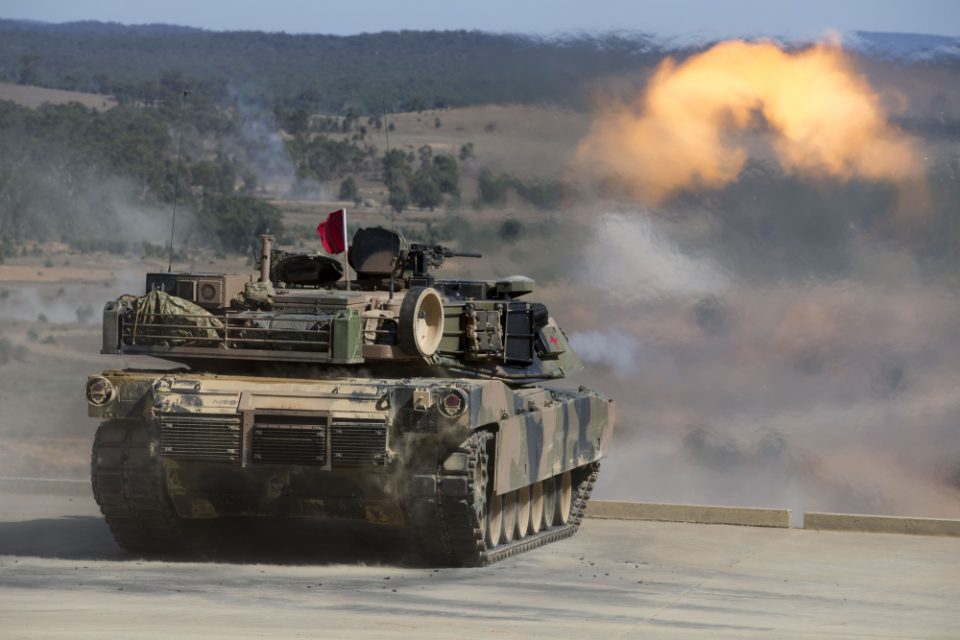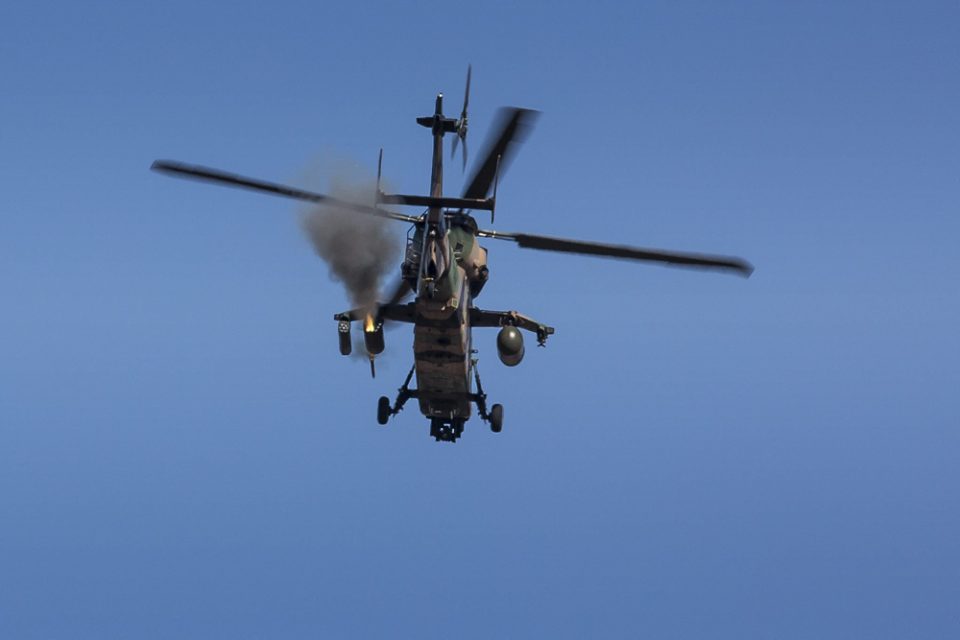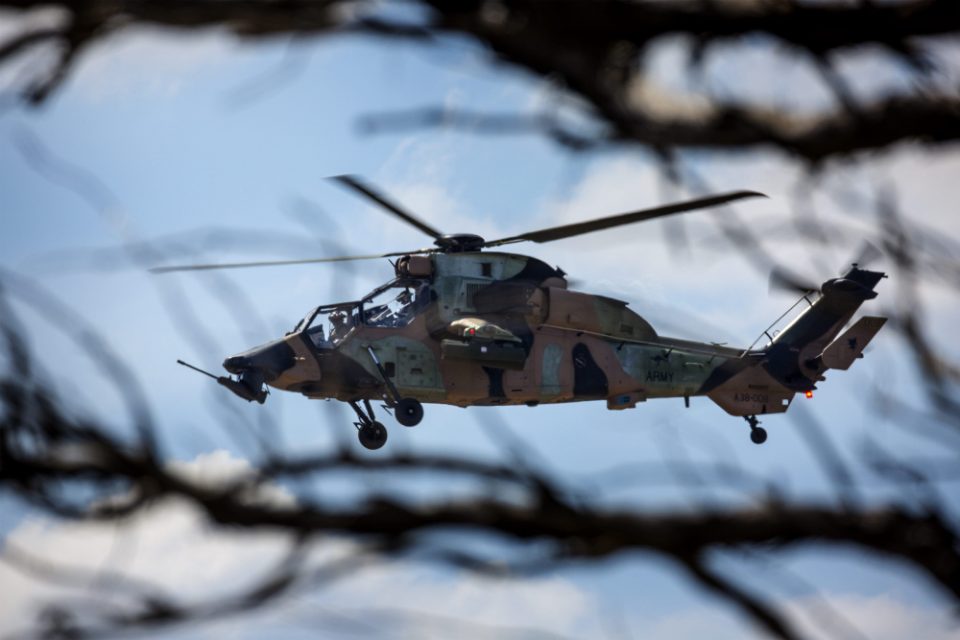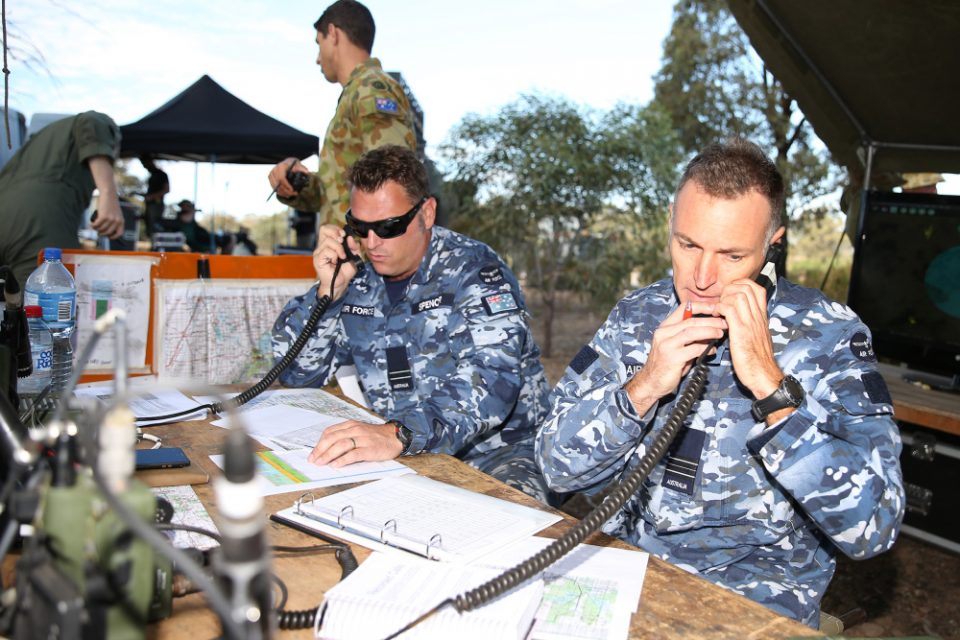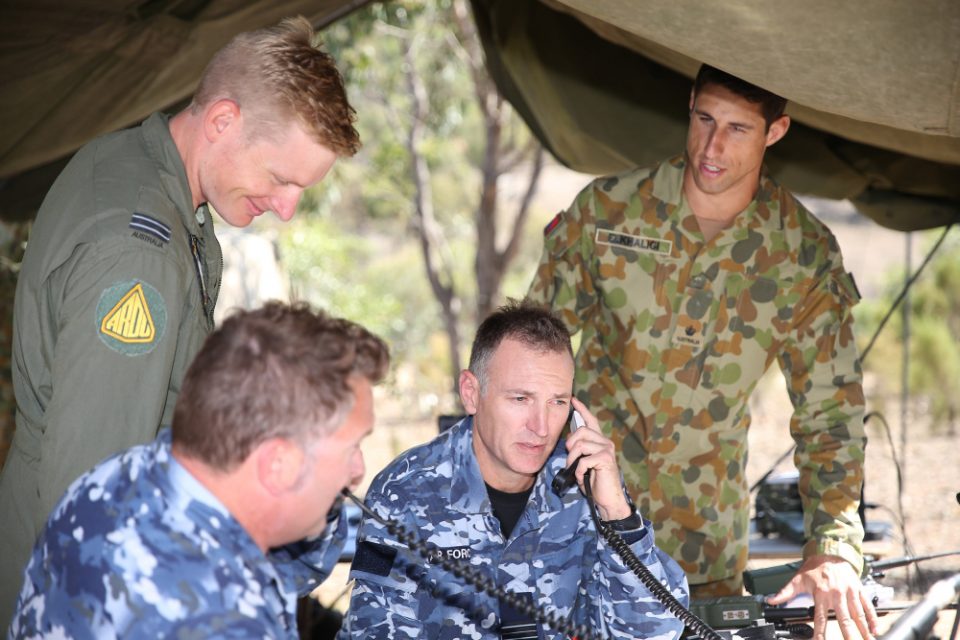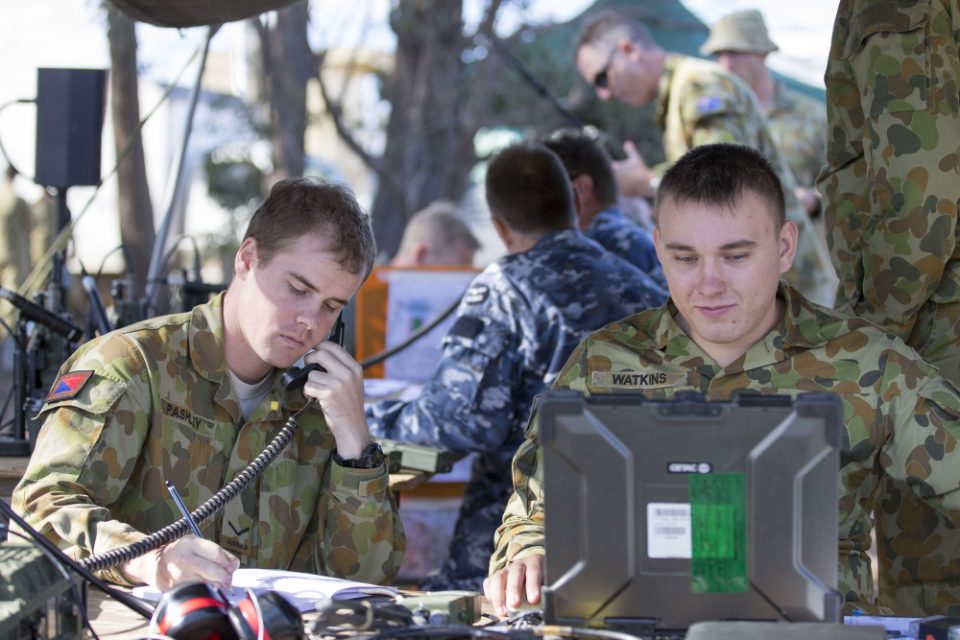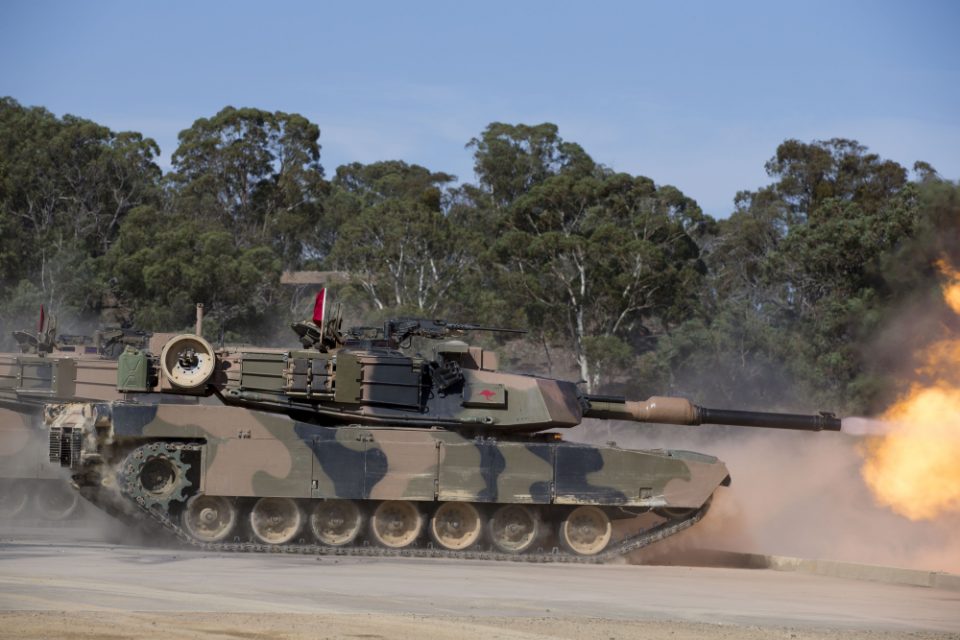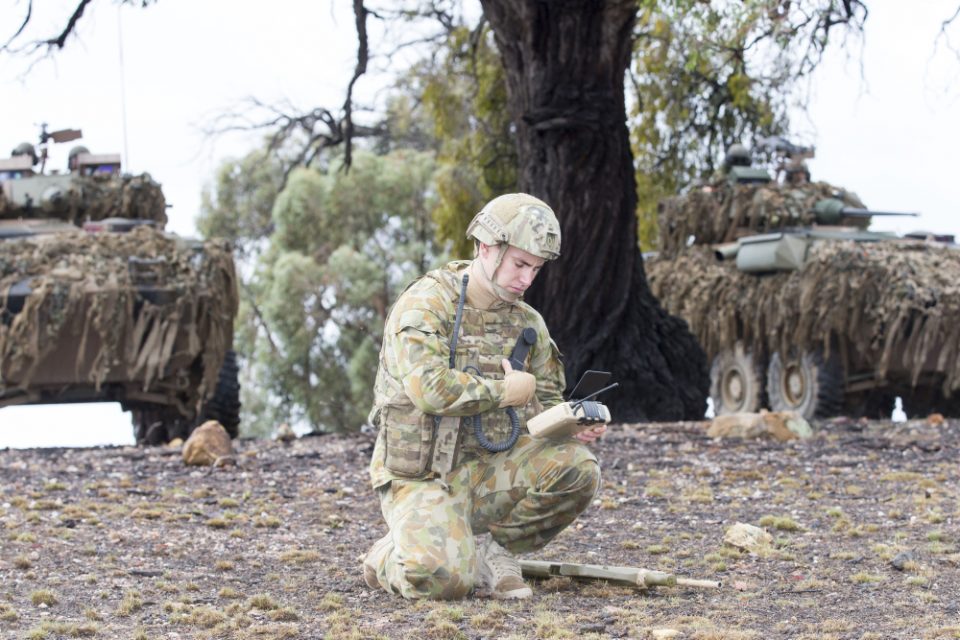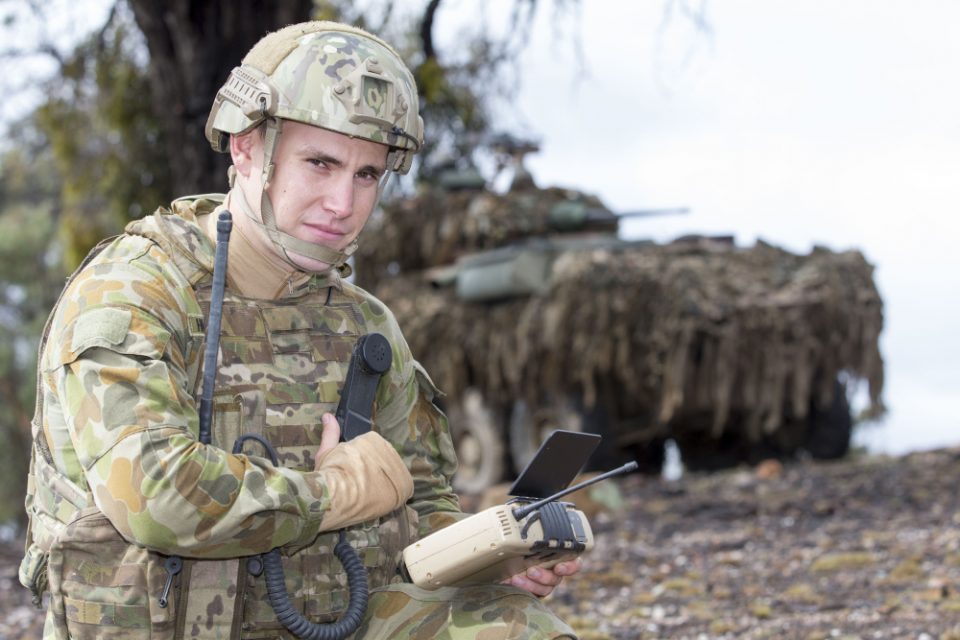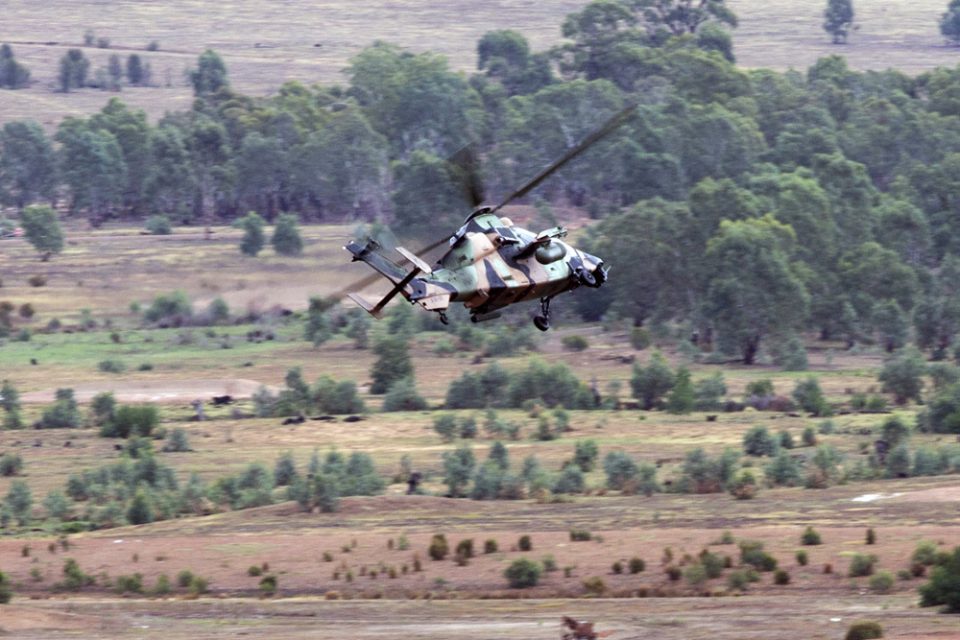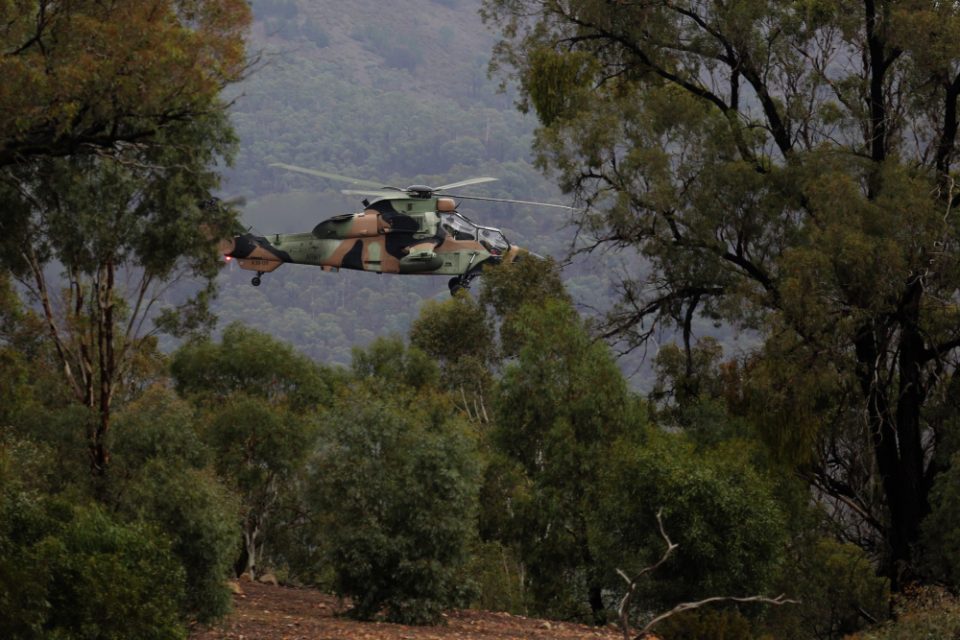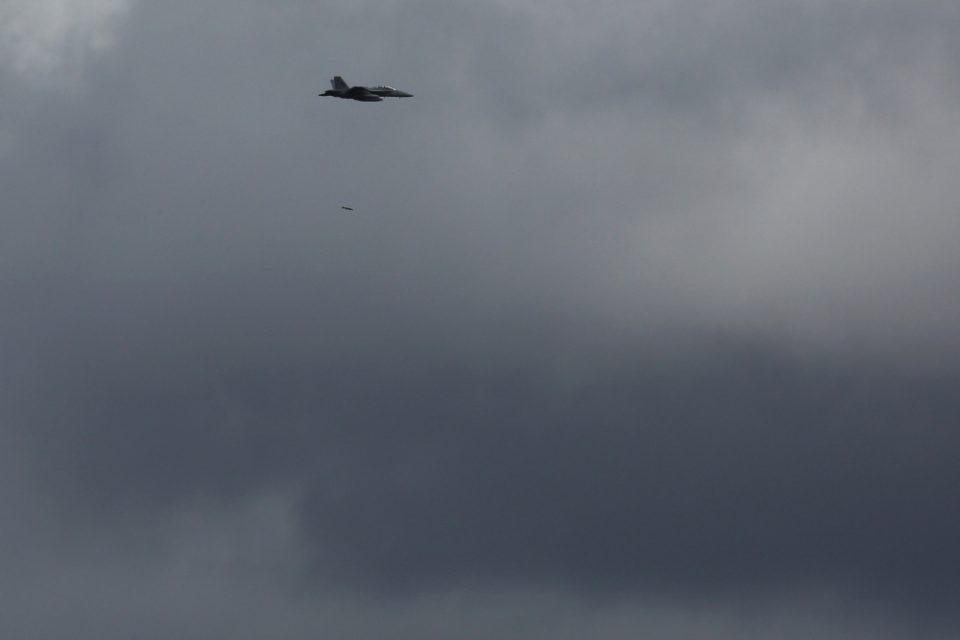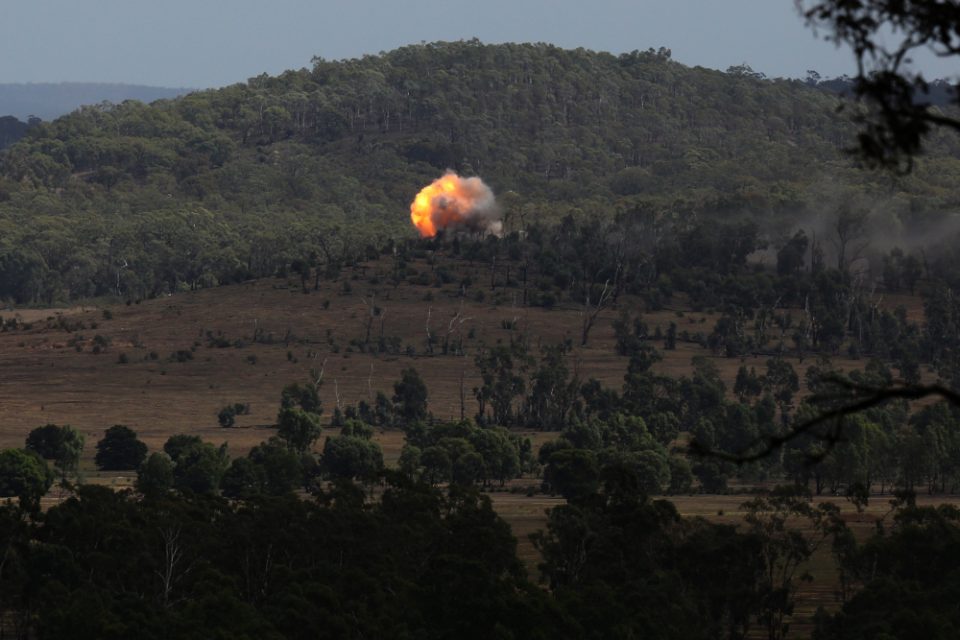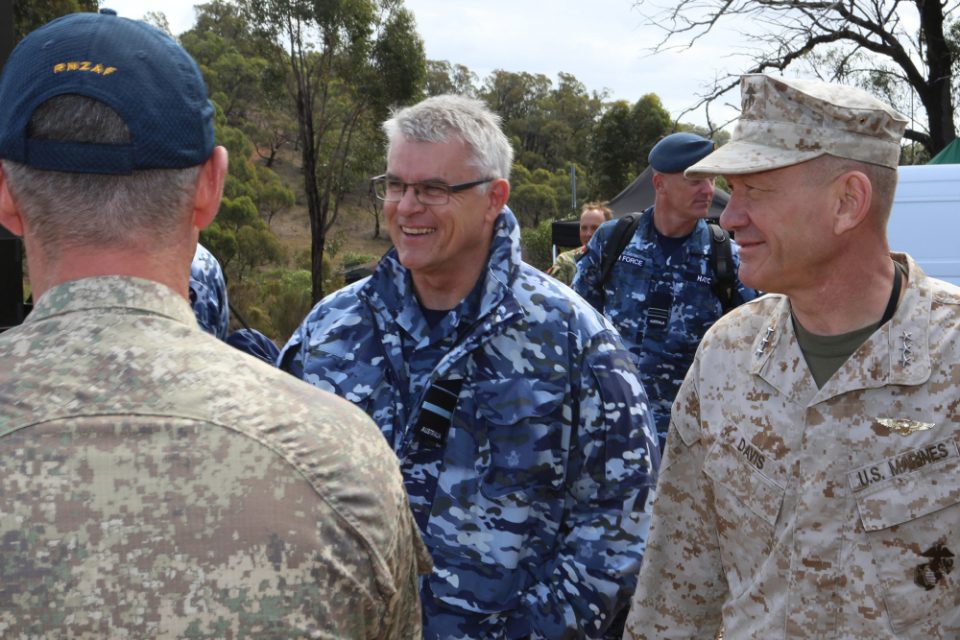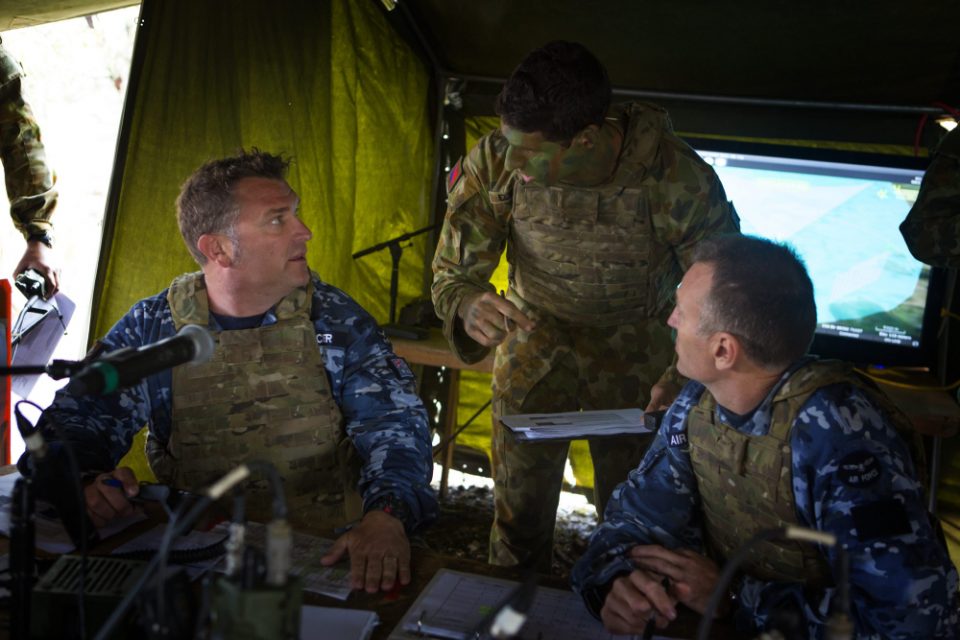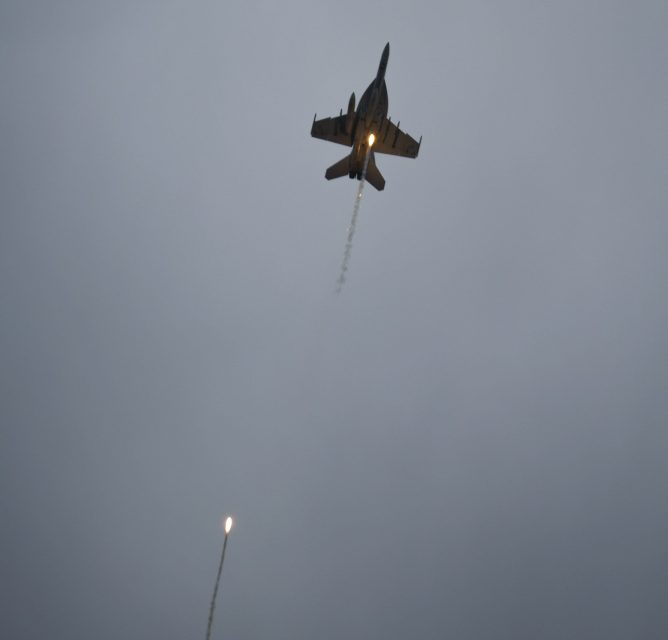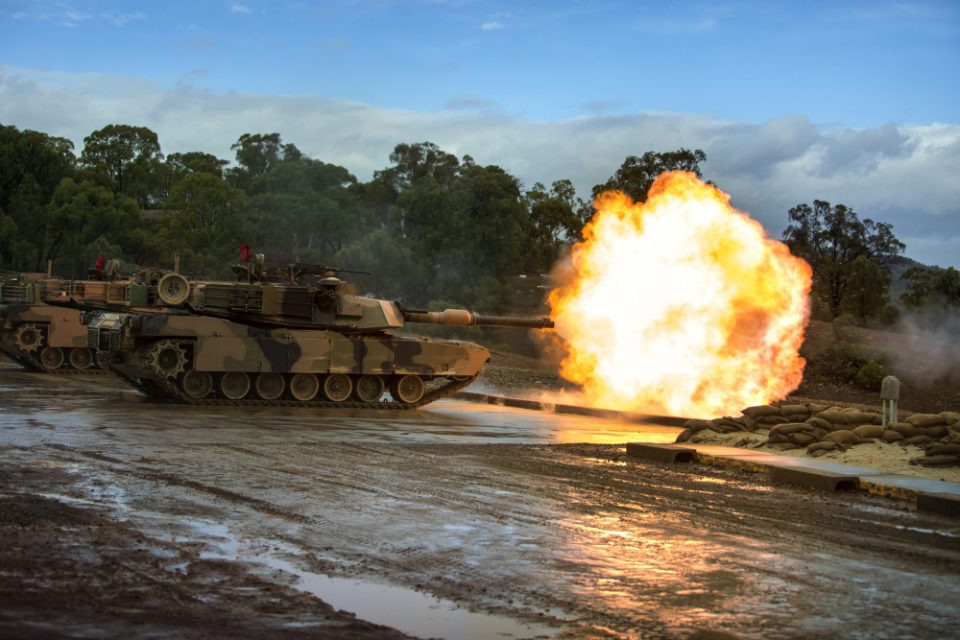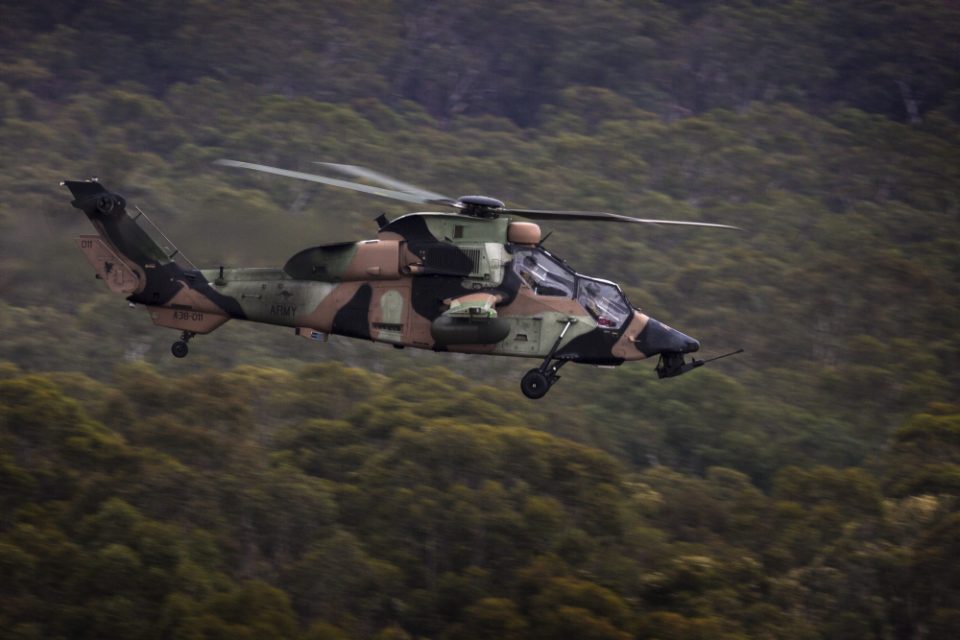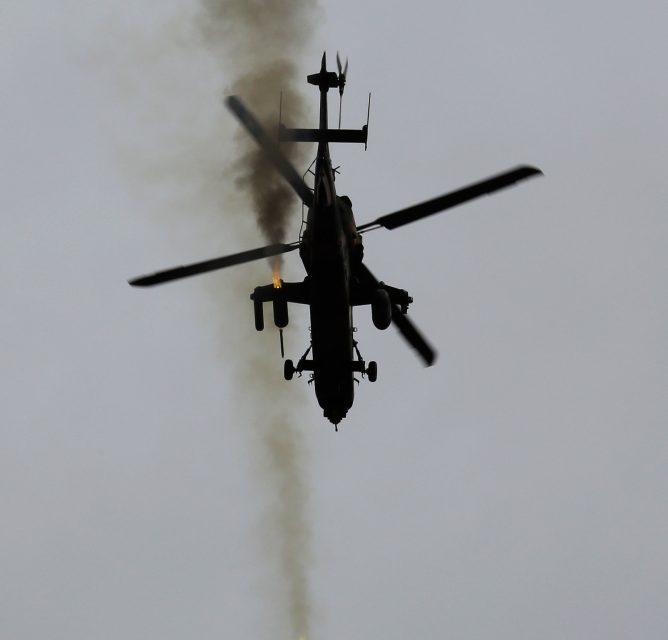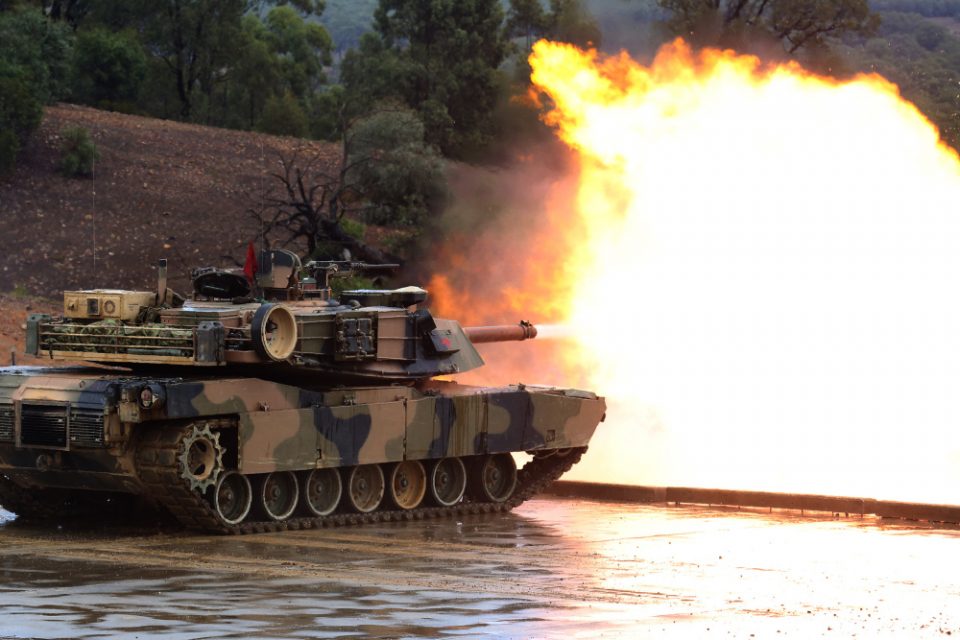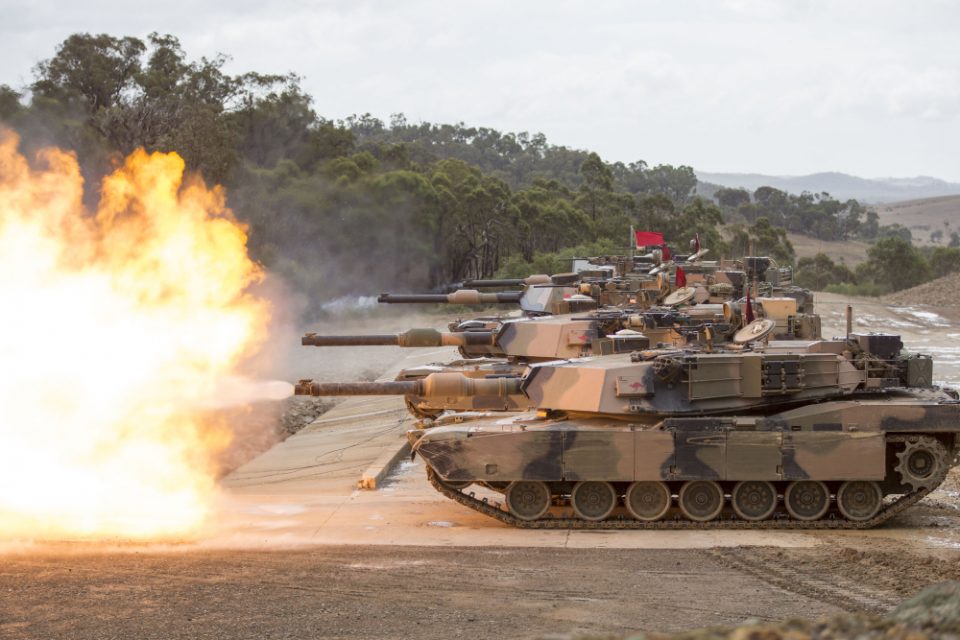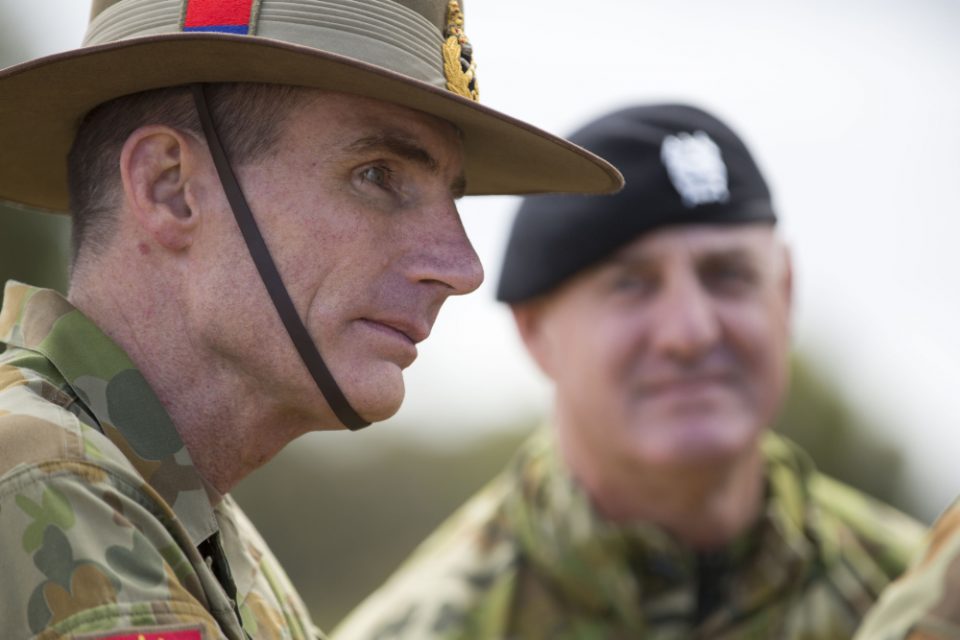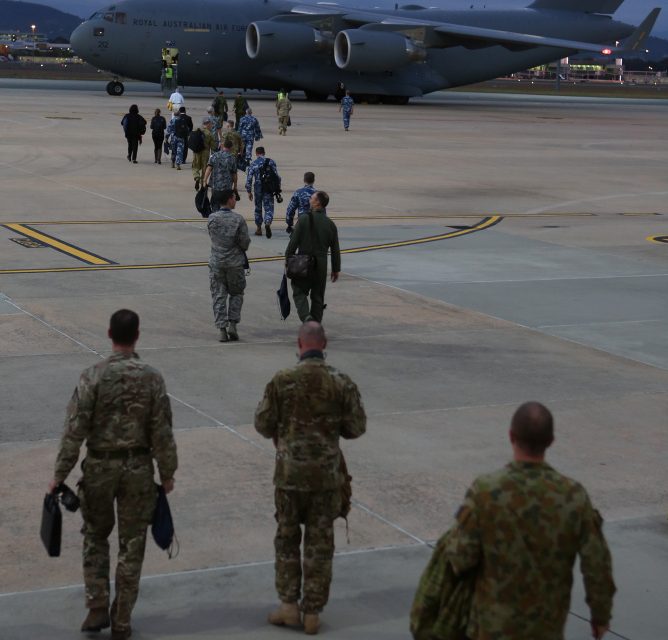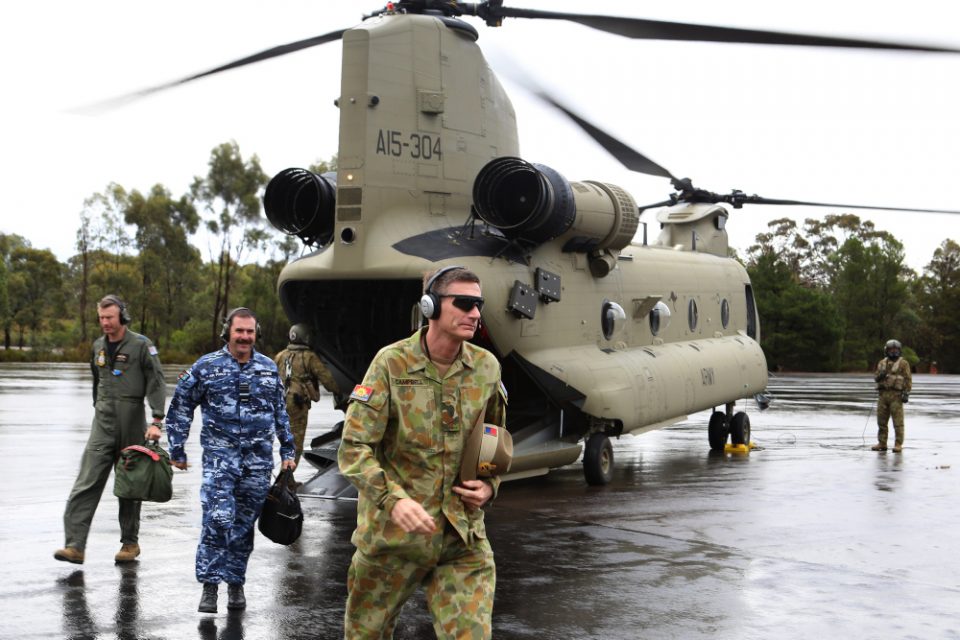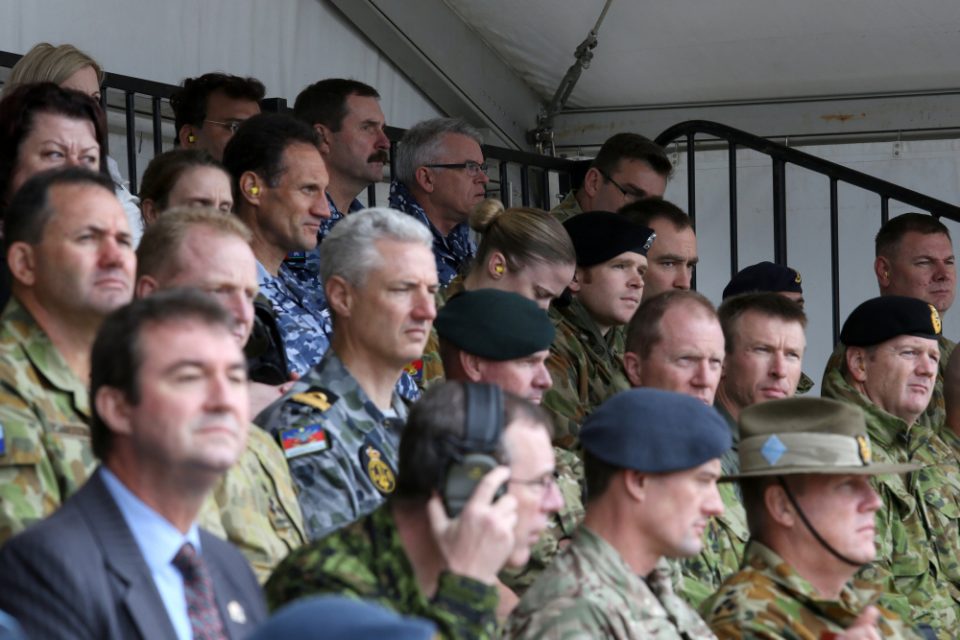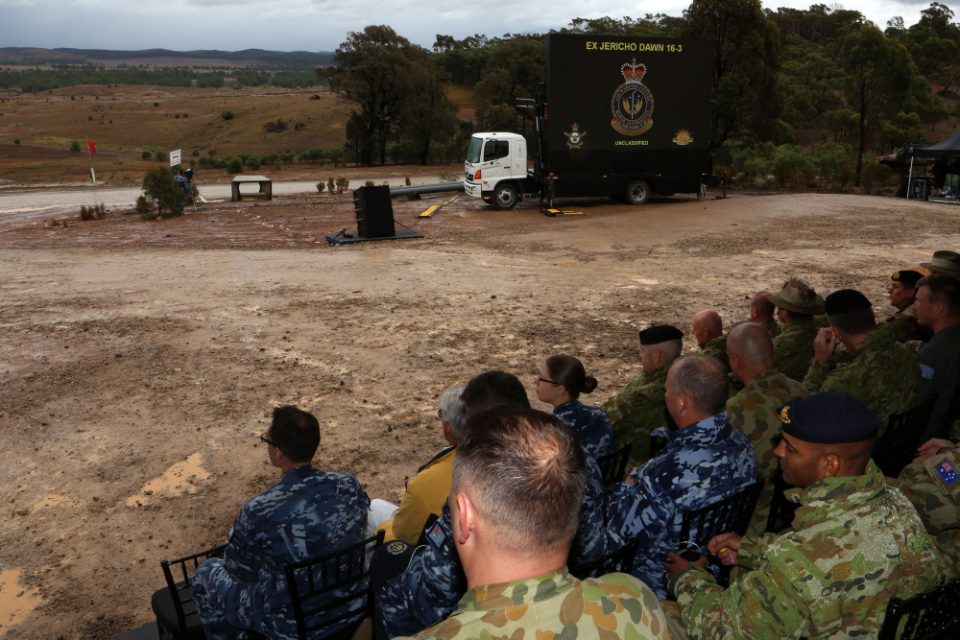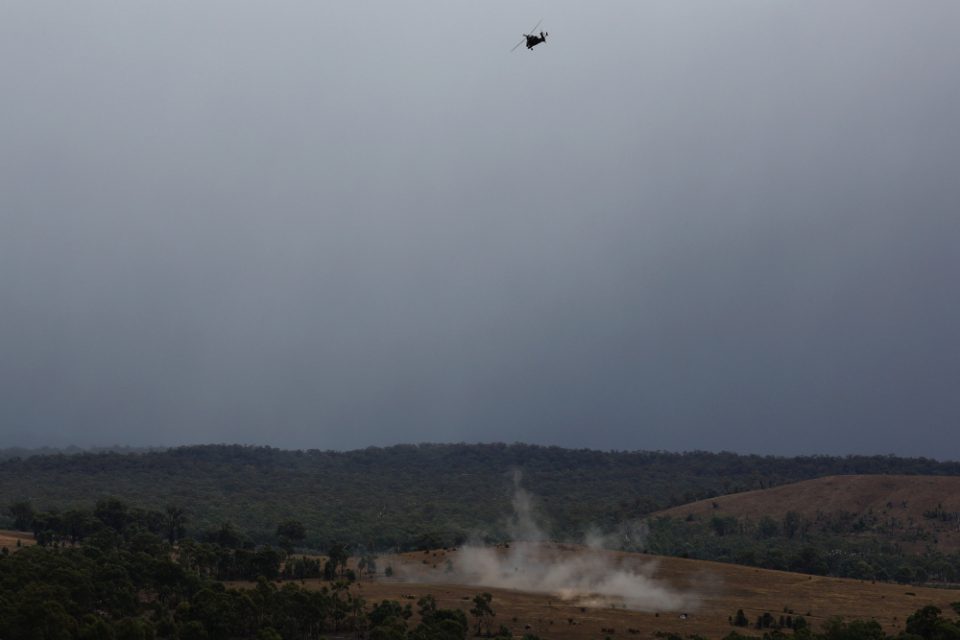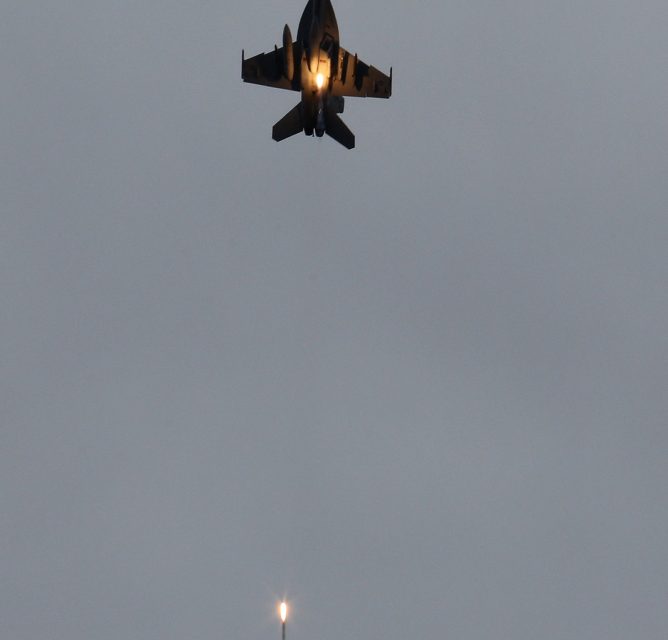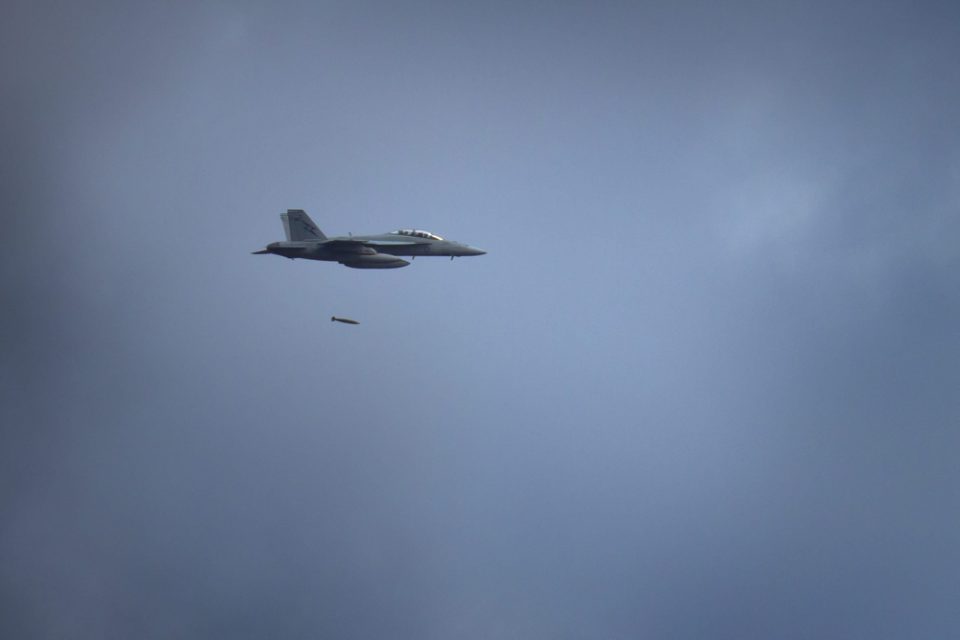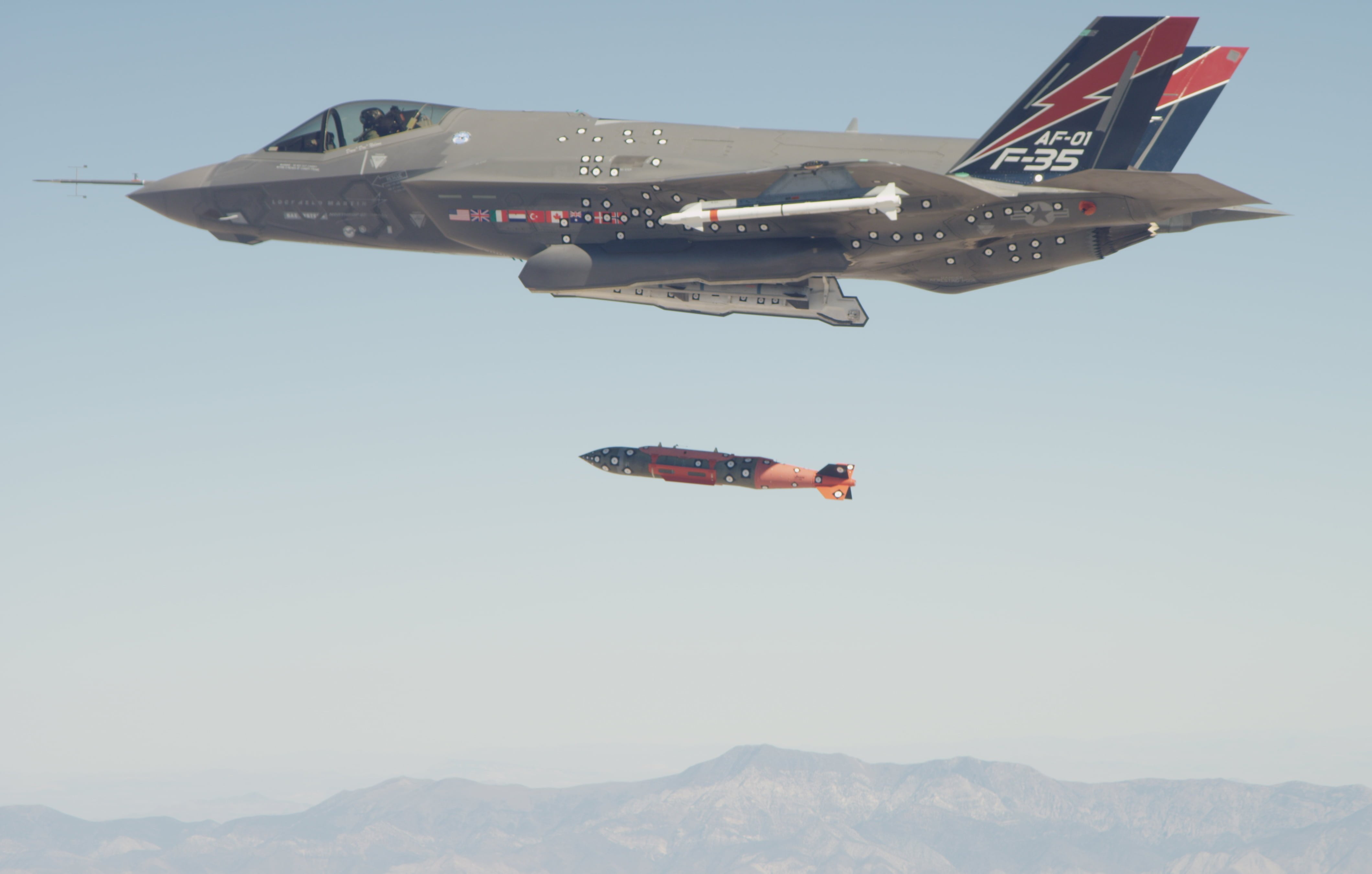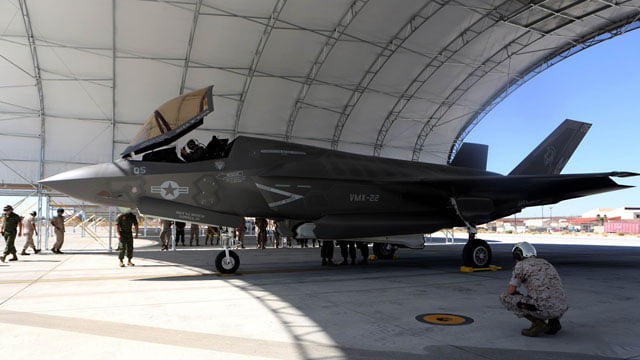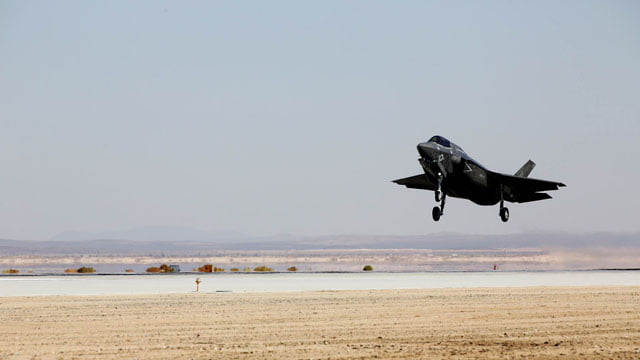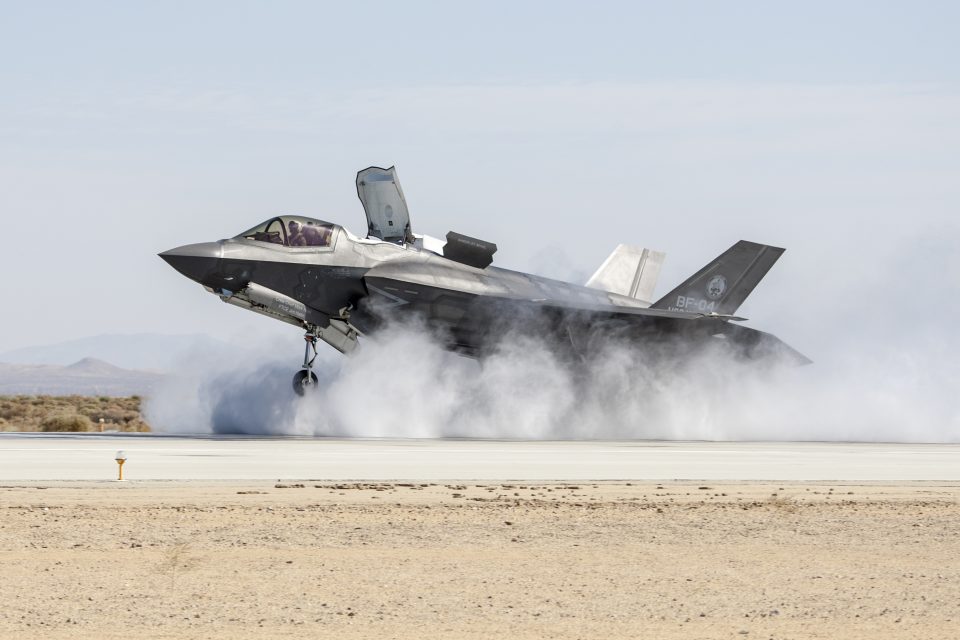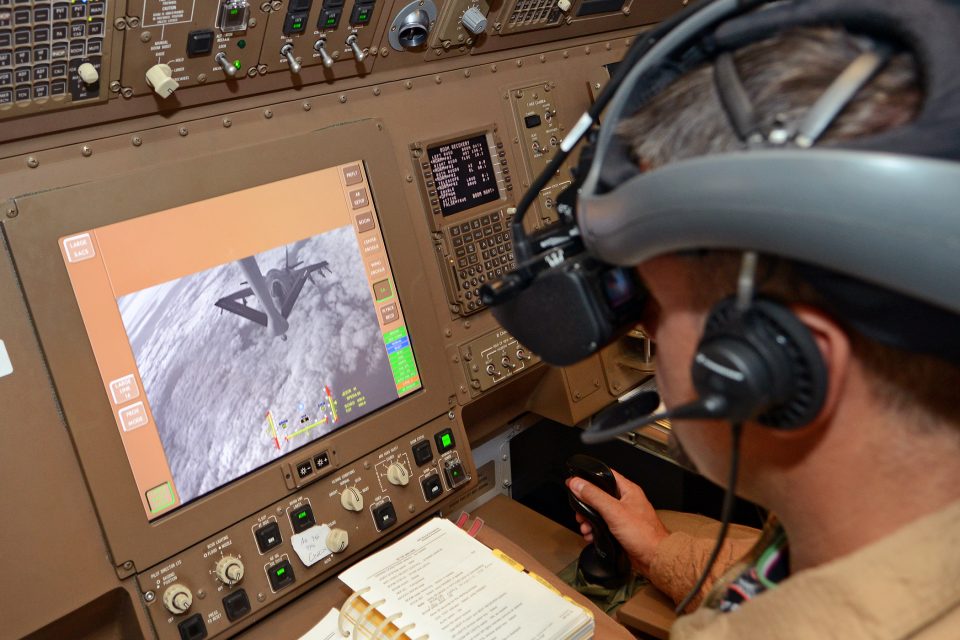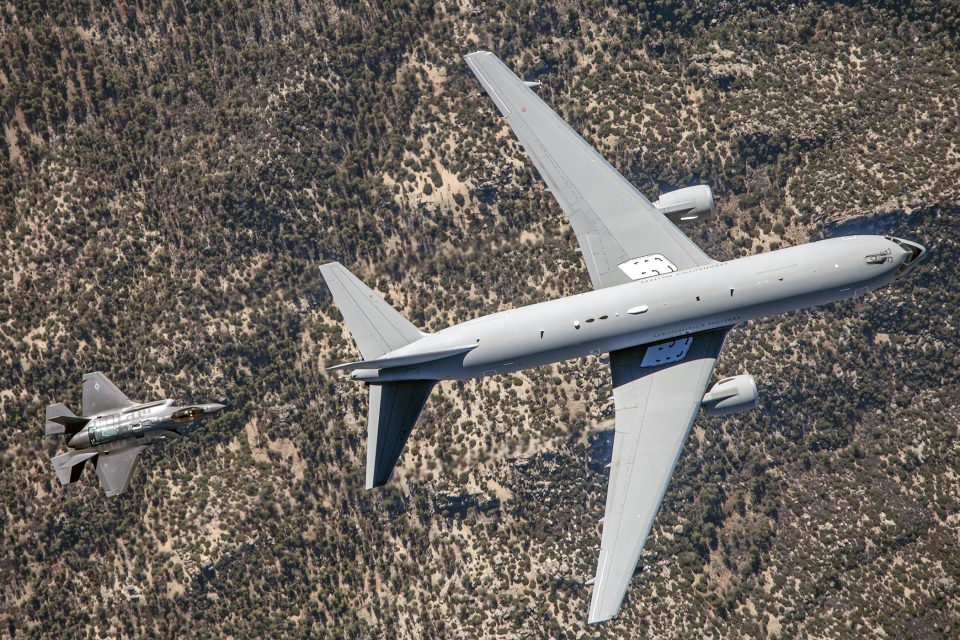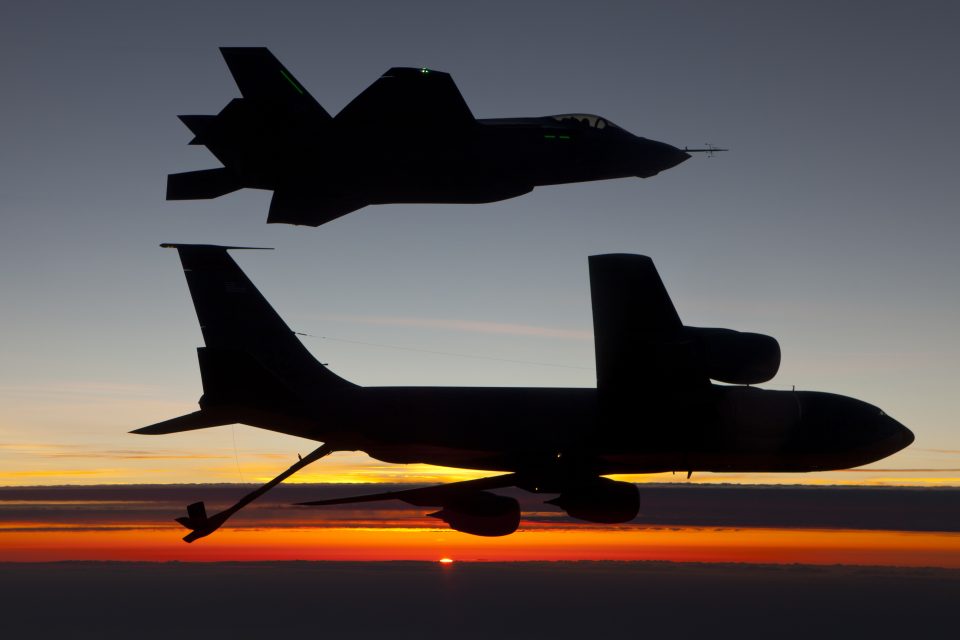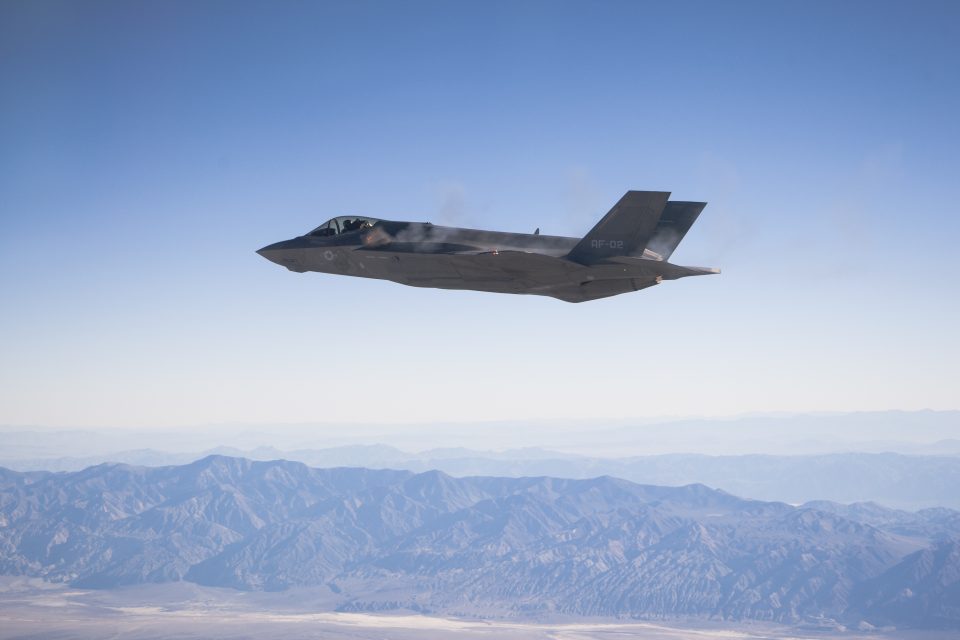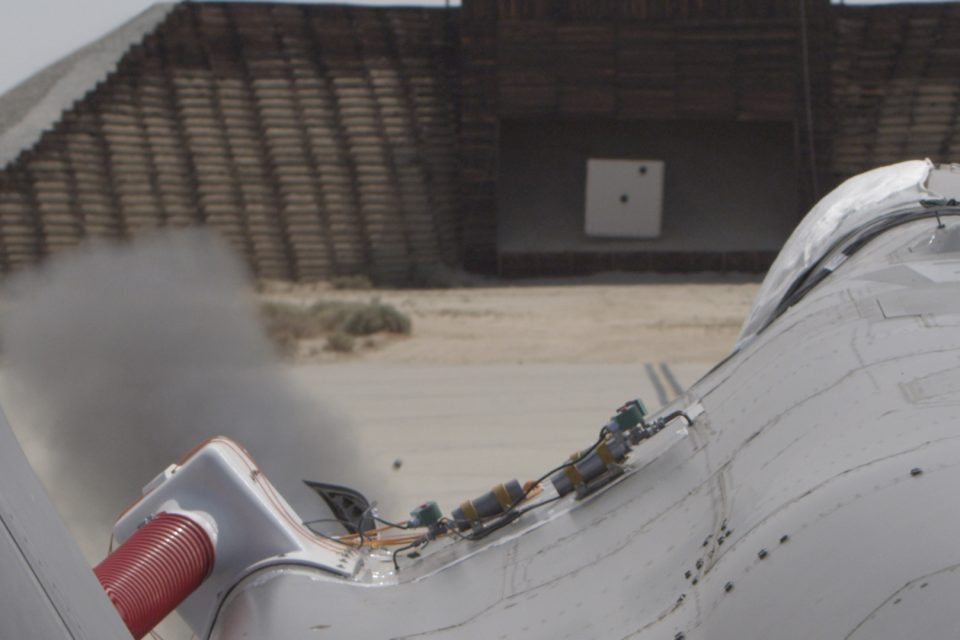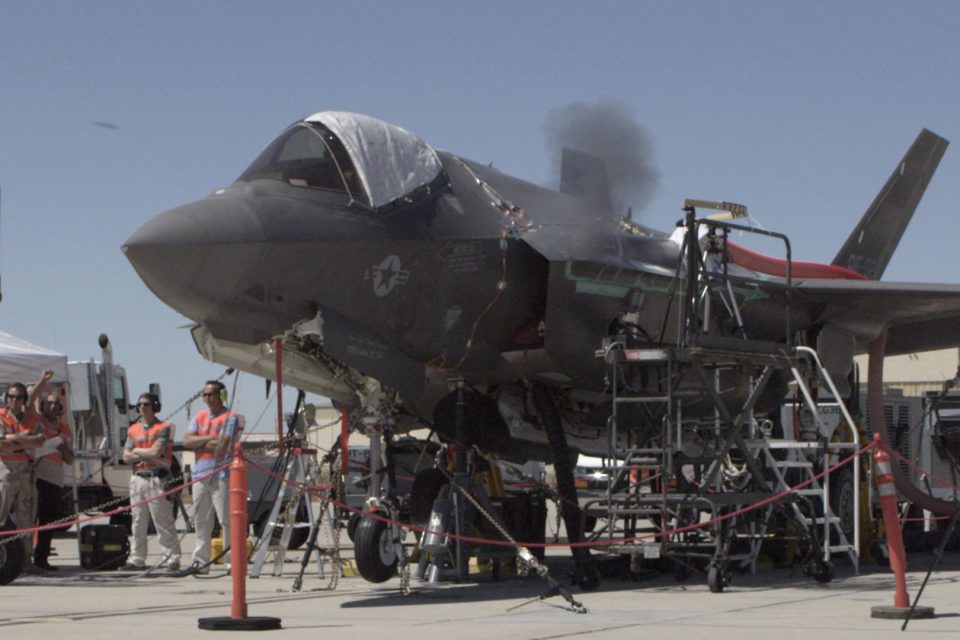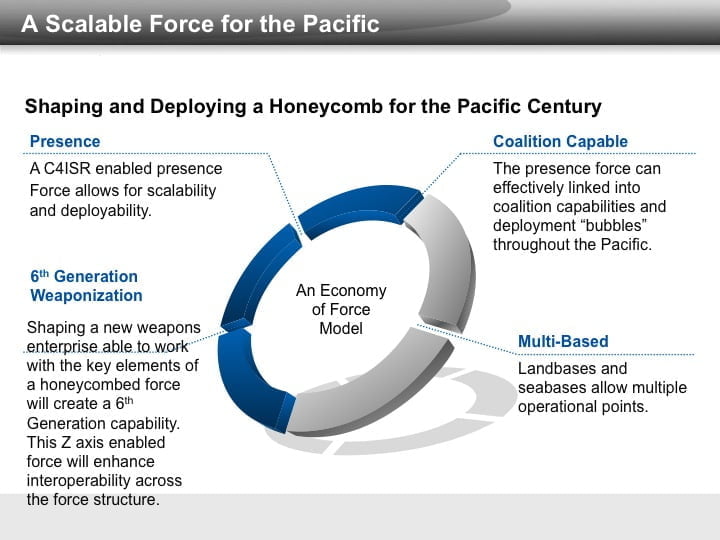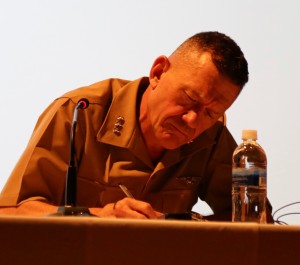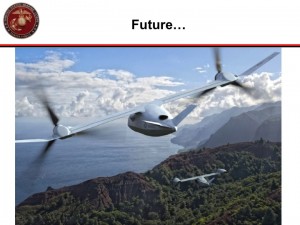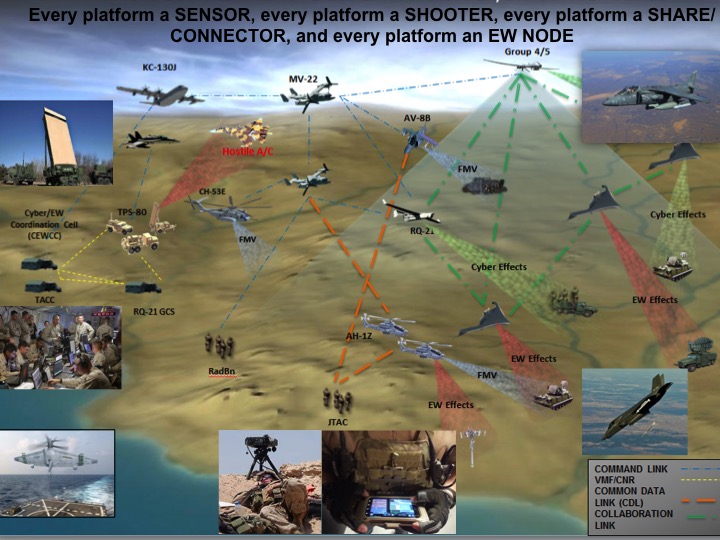2016-03-19 By Robbin Laird and Ed Timperlake
Our visits to Pax River provided insight into the East Coast team, which is completely integrated with the West Coast team at Edwards Air Force Base; the legendary home of the Right Stuff air combat innovators.
In his seminal work about US military aviators, and their teammates defense industry workers and all the engineers that make America number one in aviation technology, Thomas Wolfe captured the spirit of Edwards AFB perfectly:
“In 1947 the National Security Act, Title 10, turned the Army Air Force into the US Air Force and three years later Muroc Army Air Base became Edwards Air Force Base named for a test pilot, Glen Edwards, who died testing a ship with no tail called the Flying Wing. So now the magic word became Edwards. .
This was where things were happening.”
Nothing has changed; but it is at Edwards AND Pax that the “things are happening” as the global fleet of the F-35 emerges from testing into combat ready aircraft.
As Lt. General Davis, the USMC Deputy Commandant of Aviation, recently noted in a presentation to a Williams Foundation Conference, “the young squadron pilots are already pushing the envelope on our F-35s.
They are doing things that we old guys can not even imagine.”
By visiting Edwards we could complete our field research in order to gain a sense of the uniquely important integrated test forces at the two historical test centers: Pax and Edwards.
We had a chance to talk with the ITF, visit maintainers, and weaponeers, as well as interview the head pilot for the Developmental Test Flight Squadron.
We also during our time visited the Aussie crew finishing the boom testing for another 21st century combat system: the KC-30A tanker. As a result of our visit to Edwards, we got a broader sense of the coming of the 21st century air combat fleet.
Although we have heard endlessly about concurrency and its challenges, we have heard precious little about congruence or confluence of efforts among the centers of excellence which have already delivered the USMC’s initial F-35Bs (IOC) and will work together throughout the life cycle of the program, to deliver an ongoing combat effective aircraft which will be deployed and fight globally.
In addition to the integrated ITF at Edwards and Pax, there are operational and training squadron’s Lightning II aircraft at MCAS Yuma and Beaufort, and Naval Air Station Fallon, Nellis, Luke, Eglin and Hill AFB. Industry is also a truly global effort with final assembly lines at Fort Worth, Cameri Italy and in Japan, as well as the many, many global producers worldwide.
These centers are globally linked and involved in the reshaping of the aircraft through its software upgrades, delivering an ever-evolving flying combat system.
And as a global system of maintenance is put in place, the feedback from those operations will constantly bring focus into a system of continual product improvement.
The concept of designing for preplanned product improvement in both airframe modifications but also to be a true soft-ware upgradeable fighter, is the first of a new generation of both stealth and a fusion sensor cockpit.
Unless you visit these centers and see their cross linking and convergence on the evolution of the F-35 combat system, it may be difficult to see or understanding the next generation revolution being shaped by the first information age flying combat system.
This pre-planned soft-ware upgradeable aircraft is inherent within the F-35.
It is already evident in the program and a foundation has been established that will become a daily reality with all partners in the near future.
Because the aircraft is a digital product, the manufacturing, mission data generation, maintenance information and the test information, are all part of an evolving interactive narrative, which is drawn upon in the evolution of the product. The foundation has been laid down for a constantly evolving air combat system, informed by global operations and partner experiences in the use of the aircraft.
This is a significant break from any legacy aircraft, from the standpoint of maintenance, operations, manufacturing or evolution of the combat systems.
While the aircraft will keep its physical appearance throughout the program’s history, the combat systems and their ability to deliver fused data will evolve over time.
This represents a significant break from the past.
Our initial discussion was with four members of the Developmental Test Team who are key members of the 21st century “Right Stuff” team.
Dan Osburn, Deputy Director, 461st Flight Test Squadron (FTS), Intergrated Test Force / Director of Projects, provided an overview of the Edwards program and how it fit into the global effort. Osborne has a wide ranging background having come from the Air Force where he was involved with the C-17 Electronic Warfare Group and worked on the B-2 and X-35 at Skunk Works prior to that.
Brendan Rhatigan, Director of Engineering and Test Operations, has a background in software design and development and worked for many years at Pax River, last on the Presidential helicopter program.
Mary Parker is the Deputy for Logistics, with a long history working logistics in the USAF, has worked on the F-35 program for a number of years, and is living the transition from legacy to the new digital system.
George Hicks, head of test logistics for Lockheed Martin on the site, with 22 years in the USAF as a logistician, has extensive experience on the F-22.
This is a very experienced team, with many years of operational experience with the USAF and are seamlessly operating as a completely integrated government and industrial team.
In a later piece in our Edwards series, we are going to focus on the F-35 ITF approach in shaping a multiple year software evolutionary combat system to capture a very significant break from the past, and a new way for industry and the services to work together to deliver a joint product.
In a very far ranging on-the-record discussion with very experienced professionals we learned a lot:
Question: The F-35 is not a replacement aircraft.
How would you describe the aircraft from your perspective?
Answer: That is really a key point.
I would describe it as a premier state of the art fused weapons system with guns and missiles.
The aircraft paints the picture of the area of combat and shares that data via MADL or Link 16 to the other combat elements enhancing their decision-making capabilities.
Question: The F-35 program is like a “global car” concept, whereby the team can work worldwide with manufacturing centers across the globe in dealing with challenges and shaping solutions.
Have you had this experience?
Answer: That is a good way to put it and the answer is clearly yes.
We work that way regularly with Pax and take advantage of the three hour time difference to get a more effective work cycle and sending problems back and forth to be worked on throughout the more extended work cycle.
We have had that experience as well working with program partners, such as BAE systems, where we have an 8-hour time difference, which gives us a leg up on our workday as well.
For example, BAE works the fuel systems, and when we have found a problem, we send our test data to them to work on, and they send proposed solutions back to us to be worked upon. We might have to set up a 0400 telecom on our side to facilitate the process, but that is part of the job.
We have a 24 hour of continuous flow-of-data information coming through the program. We are going to get a lot more information on a faster basis because of the diversity of geographical locations and experiences.
Question: There is a clear misunderstanding of the evolution of software onboard the aircraft.
The notion of blocks seems to convey to many that the plane is not finished, but then again it never will be.
Could there be a better way to discuss the software or to explain blocks?
Answer: Blocks make sense to us, but the point about confusion is a good one.
For us, blocks are about combat capabilities, or mission sets.
They are additive.
It is not about whether we have an effective combat product.
For example, Block 2B, the USMC aircraft, is an F-35 with clean wing and delivering three types of weapons.
Over time, and rapidly, now the envelope will be expanded, but this does not mean the Marines do not have the most lethal combat aircraft they have ever had.
Perhaps it would be better to describe our software approach as one of agile development, of taking a stable foundational software system and evolving its capabilities over time as the plane operates, and inputs come back with regard to what are the most desirable next steps.
The Joint Program Office chairs a Baseline Review Board, which establishes what is to go into each block. It is a process rather then a final capability. We are looking to shape metrics that are meaningful, rather than ones which really are not. A release sequence for capabilities is established with a color-coding but what we are really shaping is an evolving product versus the idea that each imperfect product is being sequentially improved.
Question: How does the digital system work for maintenance and how does the system differ from the legacy approach?
Answer: The legacy system is called CAMS, the Core Automated Maintenance System and it is the repository of the paper reports digitalized.
When the crew ends their shifts they key in the data, which can lead to human errors of course.
The F-35 is a plane, which pushes data into the data brick, and the data flows into the system.
As the maintainers do their maintenance, the data is entered throughout the work day.
It is a point of maintenance system and the data is collected for each aircraft, which gives them an up-to-the-date health maintenance report available throughout the life of that aircraft, and provides a complete history to the depot as it goes into depot maintenance.
The health maintenance codes are downloaded from the airplanes computer (brick) and then inputted into the ALIS system and we work from there.
The F-35 is a two level maintenance aircraft: Flight line and depot. There are no back shops except for things like tires and batteries.
The key challenge (it takes a while to have the full data confidence), is to shape a health reporting data system with historically reliable data, from which parts, reliability and life cycles can be determined.
But if you don’t have the data foundation for which to build this data, you are not going to get there and with the F-35 approach, we have the foundation in place to get where we want and need to go in terms of data reliability.
We are a Developmental Test Group, which means we have a control officer for every flight and an engineering pool, in addition to the maintainers who collectively work anomaly fault resolution. We are in the business of shaping a more effective maintenance product in terms of health monitoring data accuracy.
In contrast, the Operational Test Group or an Operational Test Squadron, has a Crew Chief in charge that knows the complete aircraft and he works the problems within his team.
Question: The aircraft is a digital product. The plane speaks to the pilots and maintainers.
This is the first completely digital combat aircraft ever built.
We will talk with the maintainers in the afternoon, but how does the digital side of maintenance fit into the approach to managing the aircraft?
Answer: A key advantage of the digital system (we have 150 planes flying now and providing input data), is that we get very accurate information with regards to parts performance.
The key is to get accurate R and M data (or reliability and maintenance data), from which buying practices can be shaped. A key challenge is that if the R and M cycles are inaccurate, buying of parts, based on those cycles are also inaccurate, but it’s what happens in the early life cycle of a program.
As we get that right, we can then ensure we deliver the right stock of parts to planes on deployment to support their operations.
With the program we want to get away from the current practice of flying an F-16 squadron to Aviano for example, with its supply of parts brought by airlift and a surplus of those parts, that are not really needed.
We want to get to the point where global warehousing and accurate R and M data can support global deployments for the U.S. services; something we really do not have now.
Question: The effort of the past decade to build the aircraft has put together an approach to shape the next. How would you describe this approach?
Answer: The aircraft will look the same throughout its life cycle. But the stuff inside will evolve significantly over time.
We have built a baseline fusion system. As the sensors get better over time, and they will, we will have better information coming into the cockpit, and because we have shaped an effective fusion system, the decision making tools are there to make better use of better information.
Our efforts will be directed upon that task.
Question: We have to ask about the F-16 and F-35 “dogfight” story.
What is your perspective?
Answer: Our perspective is simple.
We fly four ship F-35s and F-16s frequently.
The F-16s don’t see the F-35s and the F-35 track the F-16s and practice multiple simulated kills during their flights.
The challenge is elsewhere: how can those F-16s leverage the F-35 to become more lethal and effective.
Biographies of Interviewees
Dan Osborn
The 461st Deputy Director is Dan Osburn and he provided an overview of the Edwards program and how it fits into the global effort
Osburn has a diverse 27 year aeronautical background with over 12 years as a designer engineer on the B-2 at Northrop Grumman and X-35 at Skunk Works before transferring over to the Air Force in test and evaluation.
He was C-17 Lead System Test Engineer, Electronic Warfare Group Flight Chief and F-35 461st Chief Engineer before becoming 461st Deputy Director.
Brendan Rhatigan, Lockheed Martin Aeronautics
Brendan Rhatigan is the F-35 Integrated Test Force Deputy Site Director at Edwards Air Force Base (EAFB). In this position, Brendan is responsible for all aspects of day to day execution of the F-35 flight test program at Edwards. Brendan leads an integrated contractor/government team that plans and executes flight sciences and mission systems flight test. Responsibilities include determining overall site priorities of test, executing efficient testing, and meeting F-35 program milestones dependent on flight test. Brendan also reports to the EAFB site director as a deputy site director responsible for maintenance and logistics in addition to his engineering duties.
Prior to 2009, Brendan managed engineering for multiple Lockheed Martin helicopter flight test programs at NAS Patuxent River. Brendan was the Lead Contractor Test Engineer for the MH-60S and MH-60R programs. He was able to see these programs through several test phases resulting in an operational and suitable assessment for the MH-60R program. He was the recipient of the National Defense Industrial Association Tester of the Year Award in 2005.
Earlier, from 1997 to 2002, Rhatigan served as the Software Architect for the EMDII phase of the MH-60R program. This phase added mission capabilities in acoustics, data fusion, operator aids, weapon stores and self-defense on top of a flight avionics baseline to the MH-60R platform. Rhatigan joined Lockheed Martin in 1993 to work on sonar and tracking systems. Brendan received a Lockheed Martin NOVA award in 2001.
Mary Parker
Mary H. Parker is the Deputy for Logistics in the F-35 Integrated Test Force (ITF) at Edwards AFB, CA.
She is responsible for oversight of F-35 Aircraft Maintenance; Joint-Service Technical Data (JTD) Verification; Logistics Test & Evaluation (LT&E); and Autonomic Logistics Information System (ALIS) activities at the Edwards ITF. Mrs. Parker entered the Air Force in 1980 after receiving her commission as a Second Lieutenant through the Reserve Officer Training Corps.
While on active duty, she served in numerous field and staff maintenance assignments. She was a master maintenance and munitions officer with experience on the OA-37, T-38, F-4C/D/E, RF-4C, F-111A/C/D/E, F-4E/G – Wild Weasel, B-1B, B-52H, C-17A, NC-141A, NC-130, NT-39, EC-18, EC-135, HC-130P, MH-130H, and MH-130P aircraft, UH-1N, HH-60G, TH-53A, and MH-53J helicopters, plus airdrop & extraction test and evaluation.
Mrs. Parker retired from active duty in September 2006 and joined the Civil Service ranks in October 2006.
George Hicks
George Hicks is the F-35 Flight Test Senior Maintenance Manager since Aug 2012 at Edwards Air Force Base, CA. In this capacity, he is responsible for the complete operations of the Flight Test team including ground operations and test, maintenance, modification. Interfaces with all levels of flight test personnel and the customer. Provided leadership and management, at the Integrated Test Force for the daily activities of contractor, military, and government civilians working together to accomplish assigned mission. Ensures all aircraft maintenance, and modifications are planned to maximize aircraft availability, and aircraft are in the proper configuration for future test requirements.
From Mar 19999 to Aug 2012, Hicks was the F-22 Flight Test Operations Chief (LM-Aero) at Edwards Air Force Base, CA. In this capacity he was responsible for the complete operations of the Maintenance and Logistics Flight Test team including ground operations and test, maintenance, modification, and supply support.
Prior to that Hicks was in the USAF and was a F-22 Maintenance/Logistics Superintendent from Jan 1994 to Mar 1999 at Edwards Air Force Base, CA.
Prior to his involvement with fifth generation aircraft he was Command Chief, Upper Heyford Air Base, UK from Aug 1990 to Dec 1993; F-16 Maintenance Manager, Langley Air Force Base, VA, from Jan 1988 to Aug 1990 and has extensive experience working T-37, T-38, F-4, F-5, and F-16 aircraft.
The three slideshows highlight F-35s at Edwards, the first F-35Bs, the second the refueling of F-35s, and the third the creation of the gun for the F-35. Photos credited to Edwards AFB.
Editor’s Note: Along with the “Right Stuff” which is driving combat innovation, there is the inevitable “Wrong Stuff” inventing a narrative about the program which has little to do with the real roll out of the program.
With the arrival of a completely different “information age” combat air asset, it requires come out of the Platonic cave of looking at what you think you know into a world which you really do not.
This has been put very well by Lt. Col. “Chip” Berke, an F-22, F-35, F-16, F-18 pilot and JTAC, when he addressed the Copenhagen Airpower Conference last year:
And what made the F-22 different suggests how the F-35 is different.
The F-22 is a very fast and maneuverable aircraft, but that is not where it excels.
It is an information dominant aircraft, a characteristic that the F-35 takes to another level.
“The F-22 is the fastest, the most powerful fighter ever built.
The least impressive thing about the Raptor is how fast it is, and it is really fast.
The least impressive thing about the Raptor is its speed and maneuverability.
It is its ability to master the battlespace is where it is most impressive.”
Rather than focus on speed is life and more is better, the Raptor has started the rupture in air combat whereby information dominance in the battlespace is the key discriminator.
Berke believes that the replacement mentality really gets in the way of understanding the air combat revolution that fifth generation capabilities have introduced and that will accelerate with the F-35 global fleet.
He argues for the need really to accelerate the leap into fifth generation-enabled combat forces for the US and its allies.
“When you look back a decade from now, what will the F-16 be in 2025? Or the F-18 in 2025?
The disparity which is already significant now will be even greater a decade out with comparison to the F-35.”
It is about the plane in an important sense.
We don’t want to find ourselves freaking out in 10 years that we wasted the last 10 years wondering, “Should we?” We should have spent all that time asking ourselves, “How do we?”
The “should we” question is yesterday’s news.
If you’re asking if we should fly Fifth Generation airplanes – if you’re asking if a Fifth Gen fleet is necessary, you are old.
You are behind.
You are late.
And you’re going to lose.
Editor: And if you would like to take a look at the “wrong stuff” we have a video for you.
In a very useful overview on the F-35 program as well as a look at a number of its core capabilities, the C.A.B Show released a video on December 20, 2015.
The video is the most comprehensive facts based narrative of the development of the F-35 and its evolving capabilities ever put together.
The video is built around dealing with the continual barrage of criticism from Pierre Sprey and the team decides to take off the gloves and ask the question: Who is the real turkey: The F-35 or Pierre Sprey?
The video does a good job of ending the free ride for at least one of the critics, but does so in terms of looking at the capabilities the F-35 is bringing to 21st century air-enabled combat.
http://www.sldforum.com/2016/02/the-f-35-and-its-critics-cab-looks-at-the-f-35-program-and-corrects-the-record/
